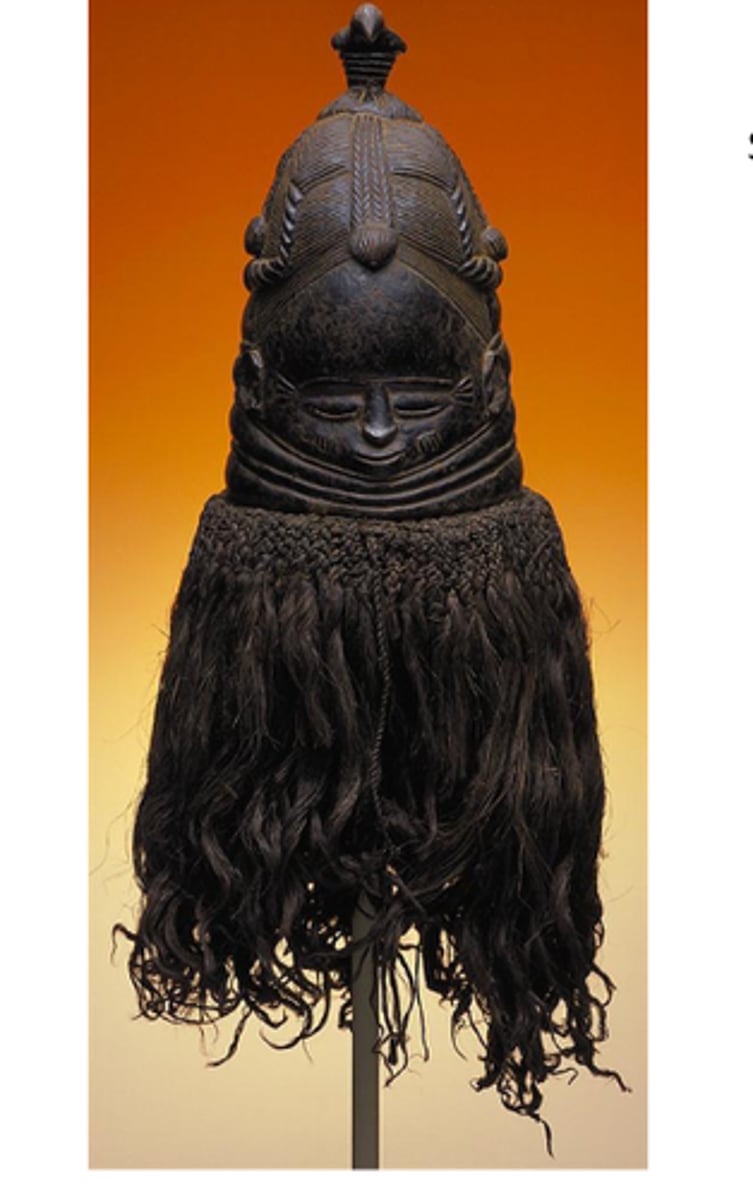Arts of the Global South Exam 3
1/51
There's no tags or description
Looks like no tags are added yet.
Name | Mastery | Learn | Test | Matching | Spaced |
|---|
No study sessions yet.
52 Terms
-Rapa Nui (Easter Island), Polynesia
-Moai
-1200 CE.
-British Museum
-Pacific Island
-carved while in ground (rock)
-carvings on back added after 1400 CE
Hoa Hakananai'a (lost or stolen friend)
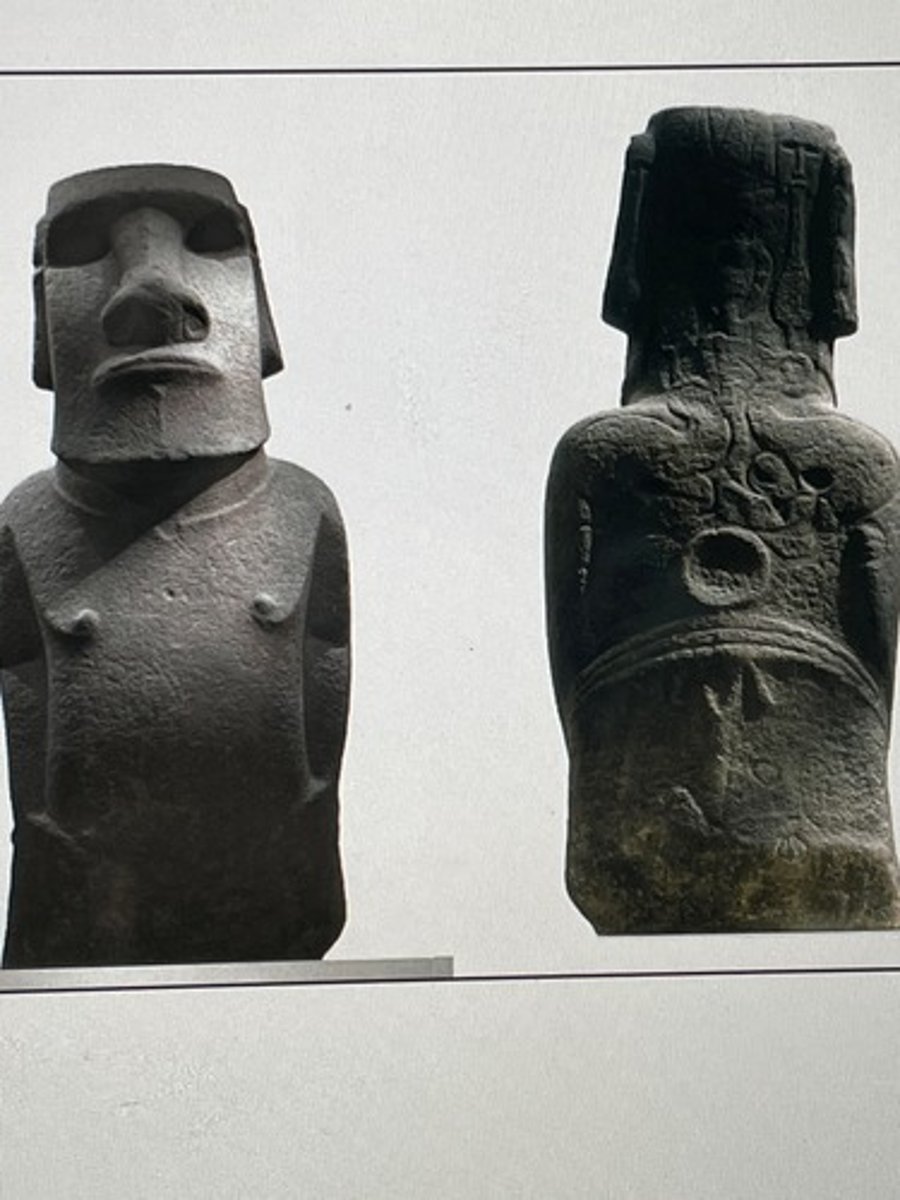
statue, typically depicting an ancestor
Moai (mo-eye)
-Tonga
-Ha'apai Islands, Polynesia,
-early 19 th Century
- female sprit that provide guidance
-Mana
Female Figure
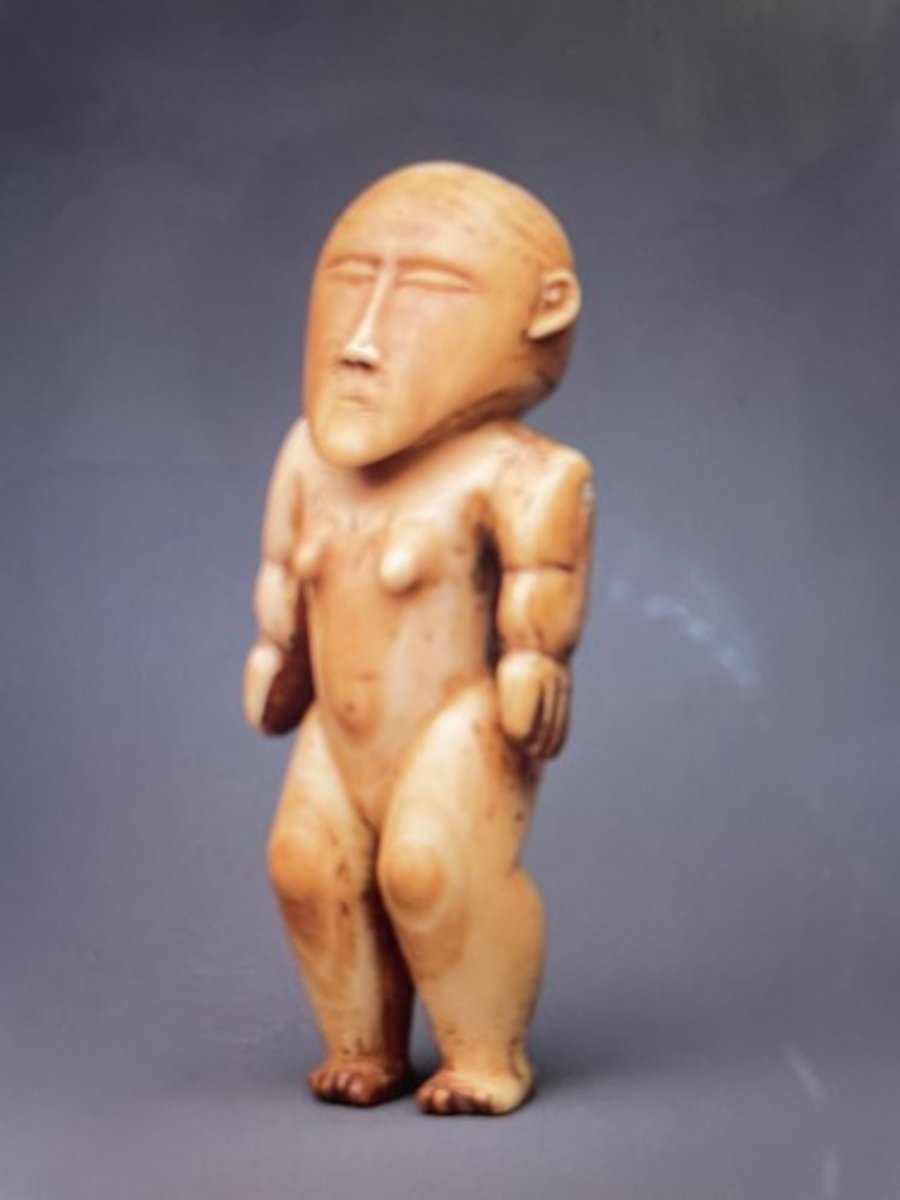
- a supernatural power associated with high-rank, divinity, maintenance of social order and social reproduction, as well as an abundance of water and fertility of the land
Mana
-fly whisk
-Austral Islands,
-early-mid 19th C
-link 2 spirit/ancestor realm (highway)
-made of human hair and coconut fiber
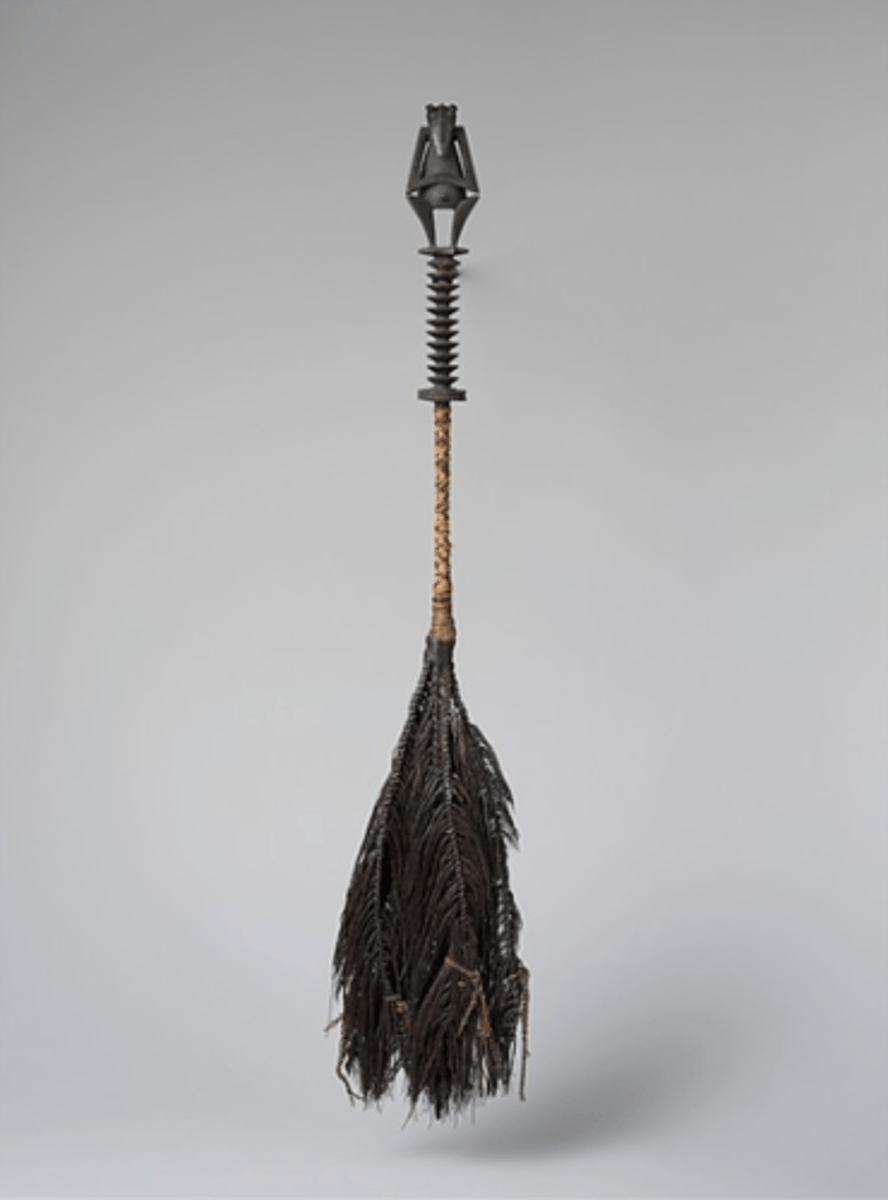
-spinning vortex to draw the gods to the earth
Tahiri
- light/human realm
Ao
-dark/spiritual or ancestral realm
Po
-indigenous culture of new zeleand
-practiced body adornment
Maori
-Auckland, 1994
-body of ancestor
-creation: sky and earth on top of each other, trees created space
Painted Histories
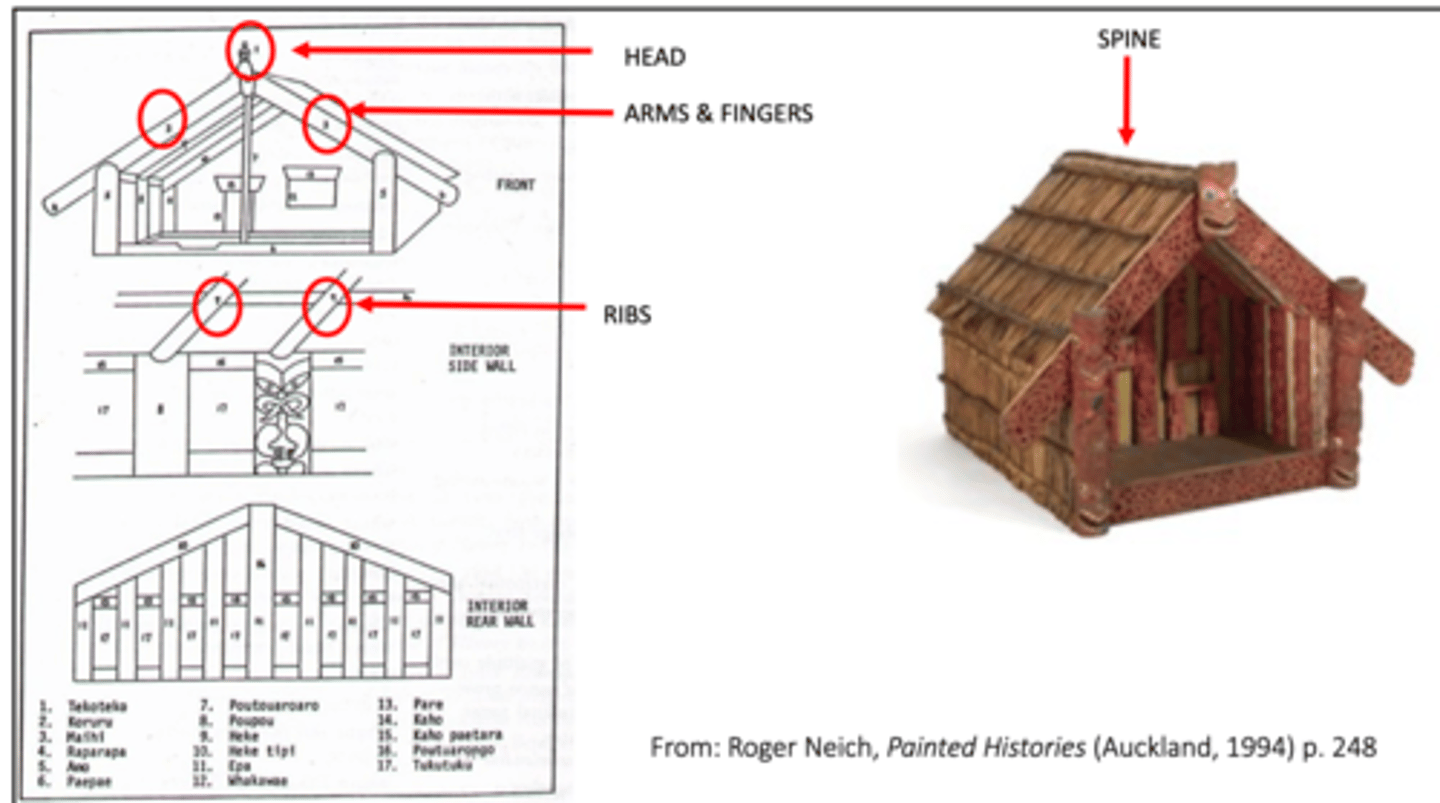
-amo
-Aotearoa (New Zealand)
-Maori
-1800
-three fingers/toes, intimidation
-carvings refer to tattoos
House post figure
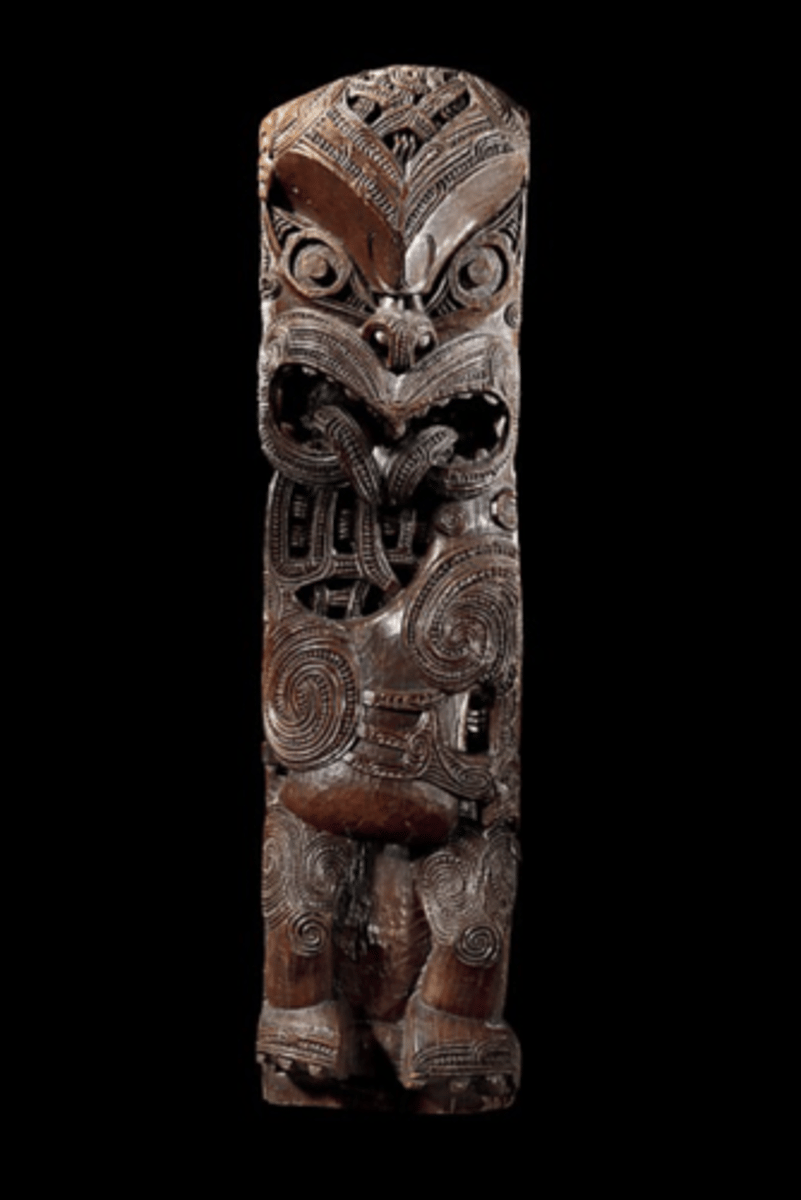
-Lintel (pare) with the goddess of death
-Maori
-early 19th C
-children come from the dark into the light
-found on top of doorways
-squatting position
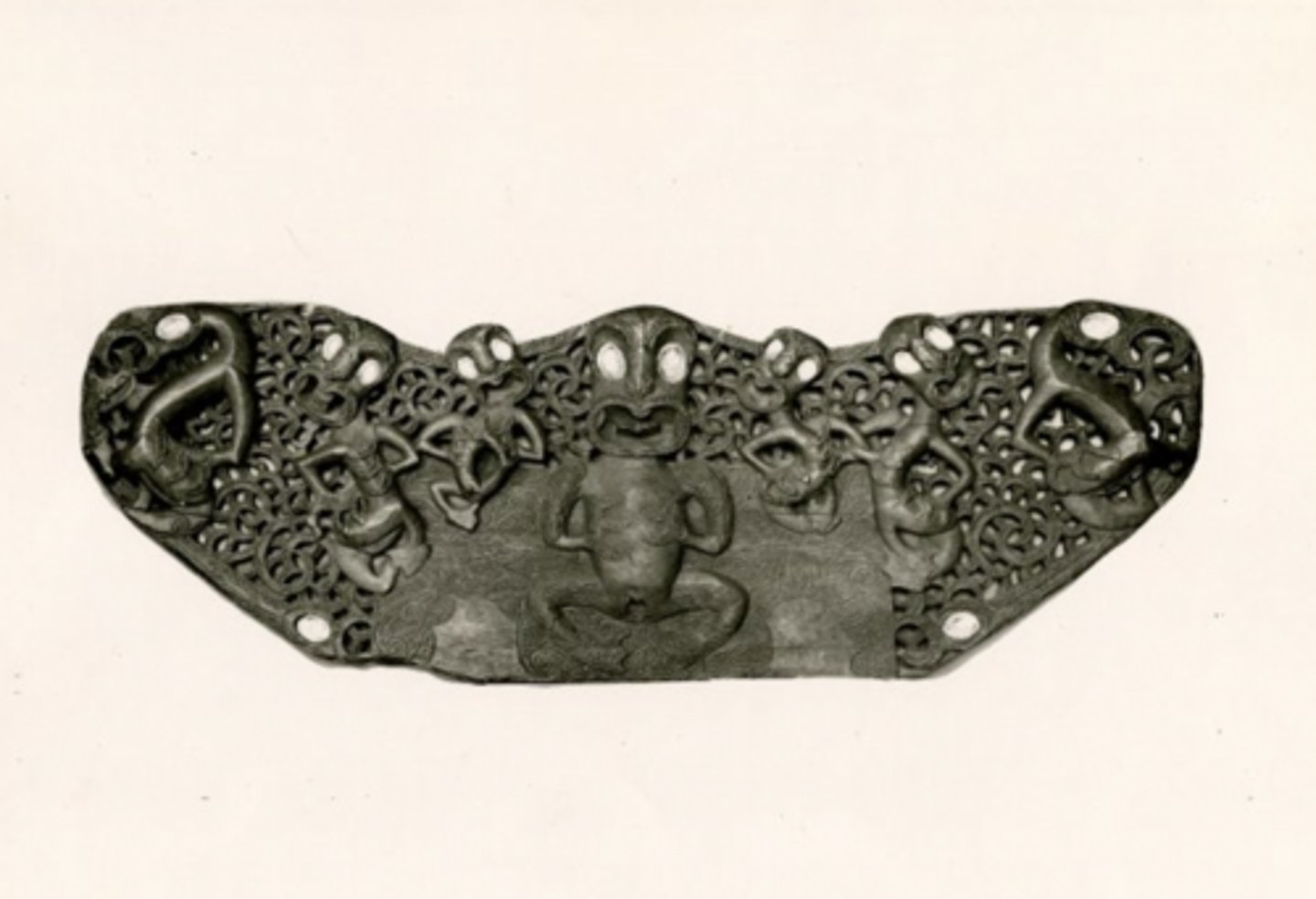
-Figure of Lono (god of peace)
-Hawaii
-end 18th C
-spine is protecting (head and neck)
-thorns (count back ancestors)
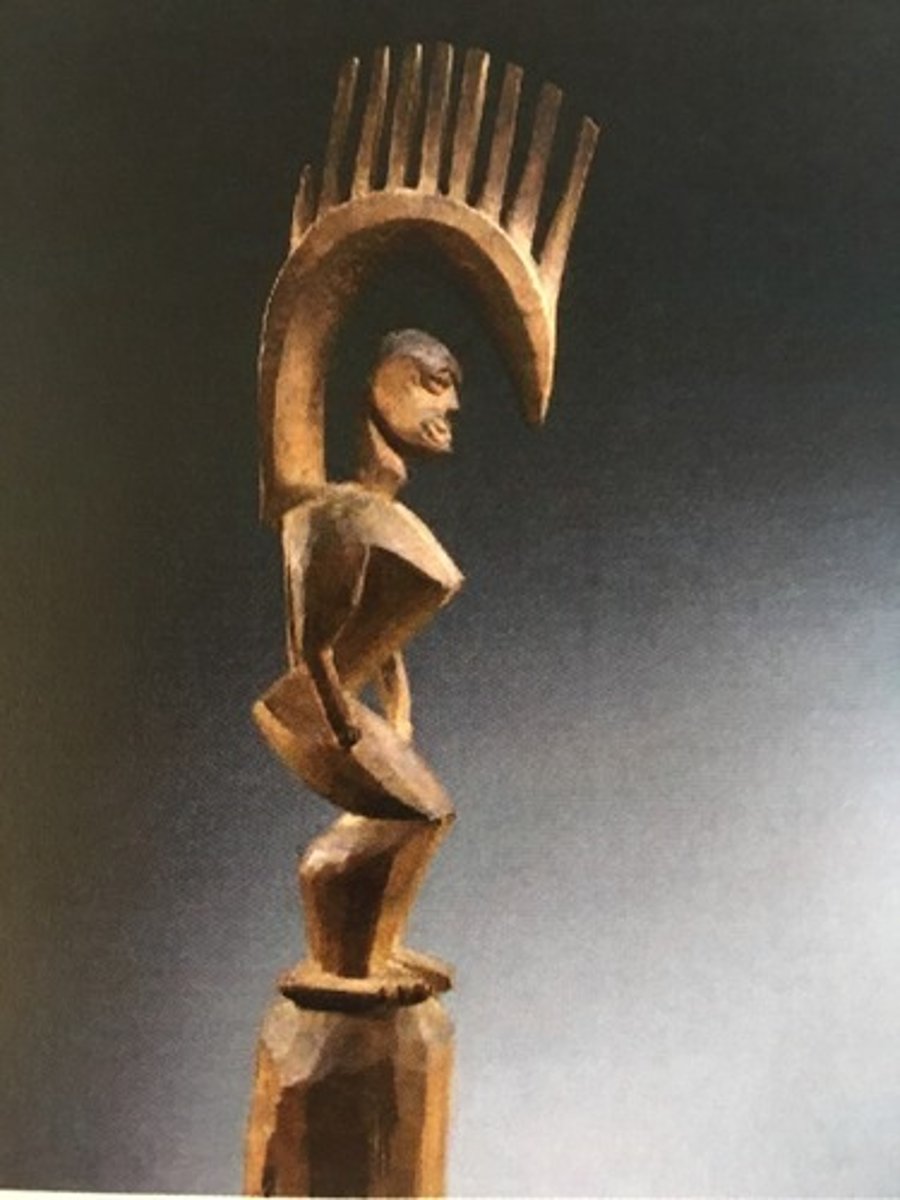
-sisi fale
-overskirt
-Tonga, Polynesia
-1773
-coconut fibers, whale teeth/bone, seashells, feathers
-Bart cloth textile
-red-breasted musk parrot
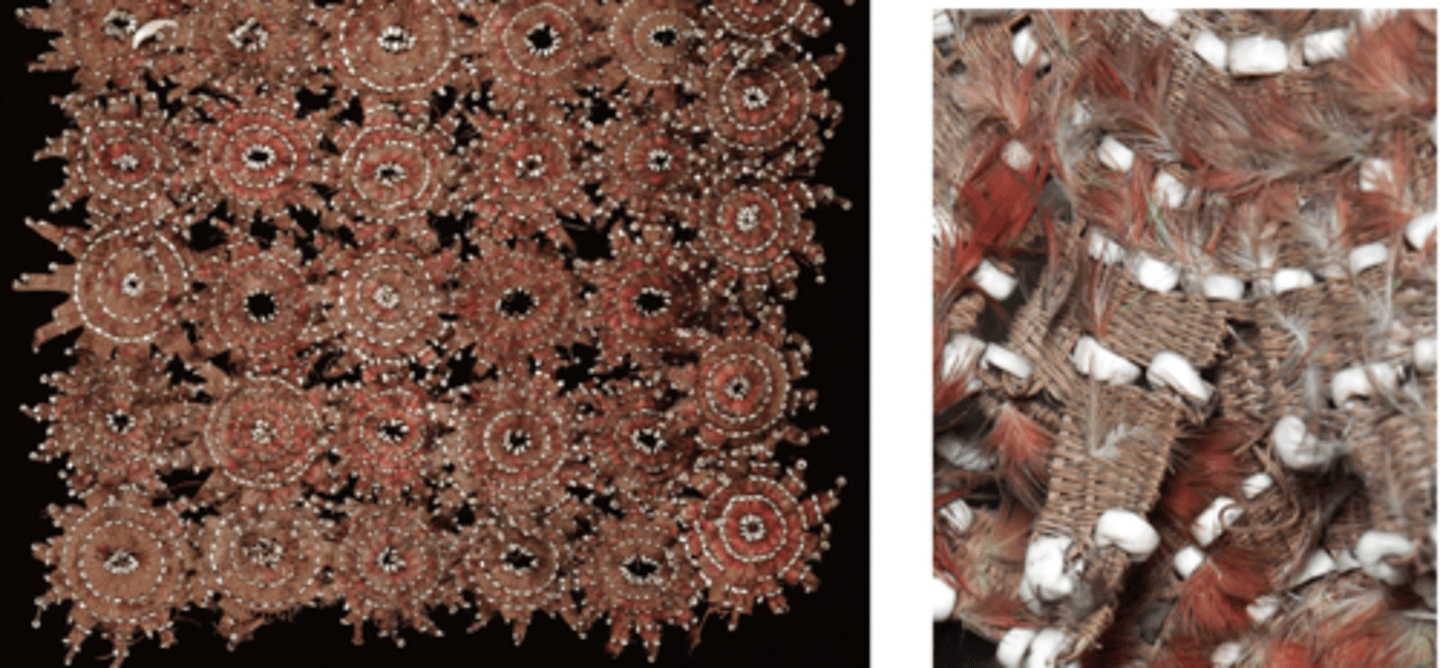
-Feather cape
-pre-1892
-Hawaii, Polynesia
-bird feather
-red shows high status
-Mana
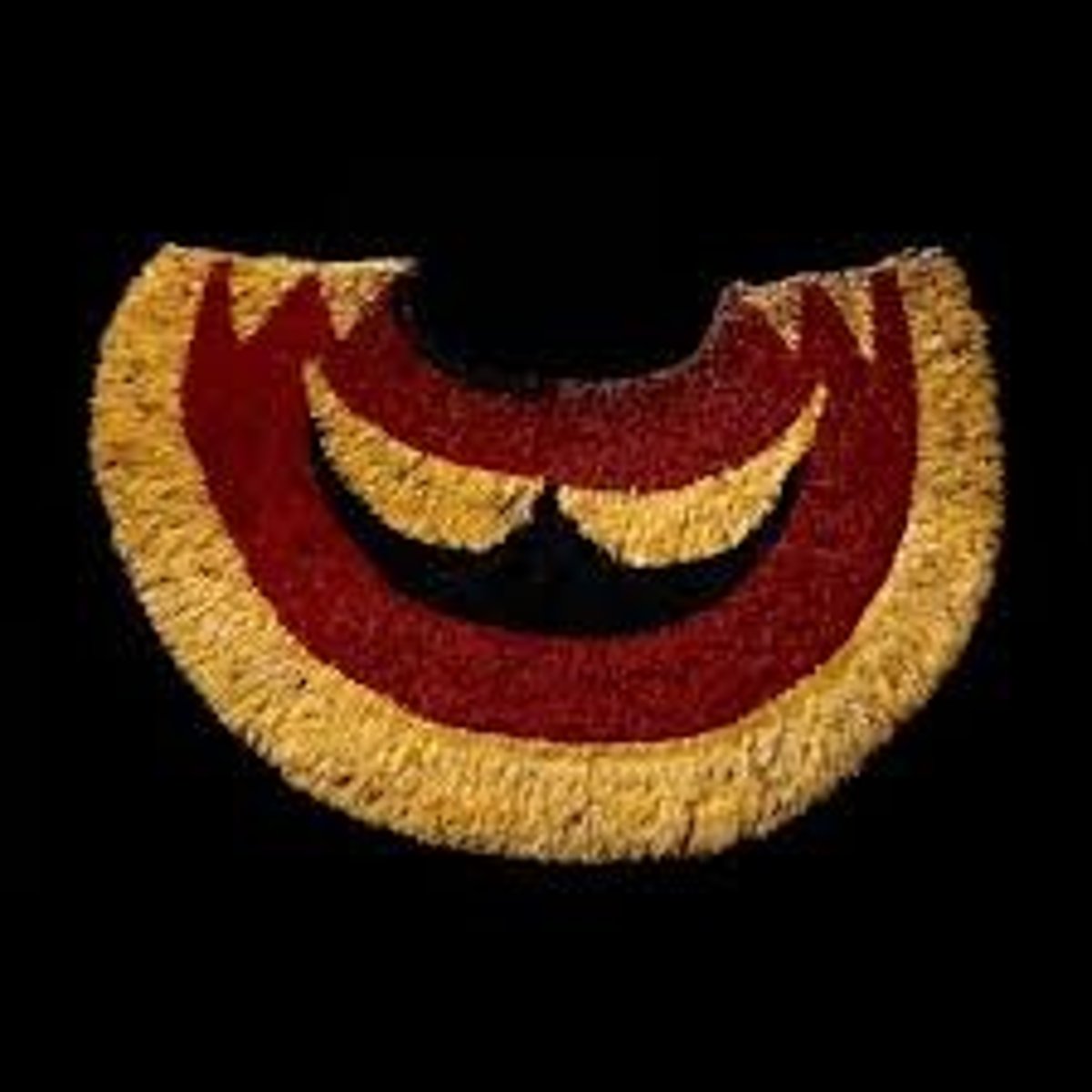
-Gottfired Lindauer, Tamati Waka Nene
-1890
-portrait, named after merchant Thomas Walker
wanted to increase his peoples wealth
-cape made of kiwi feathers
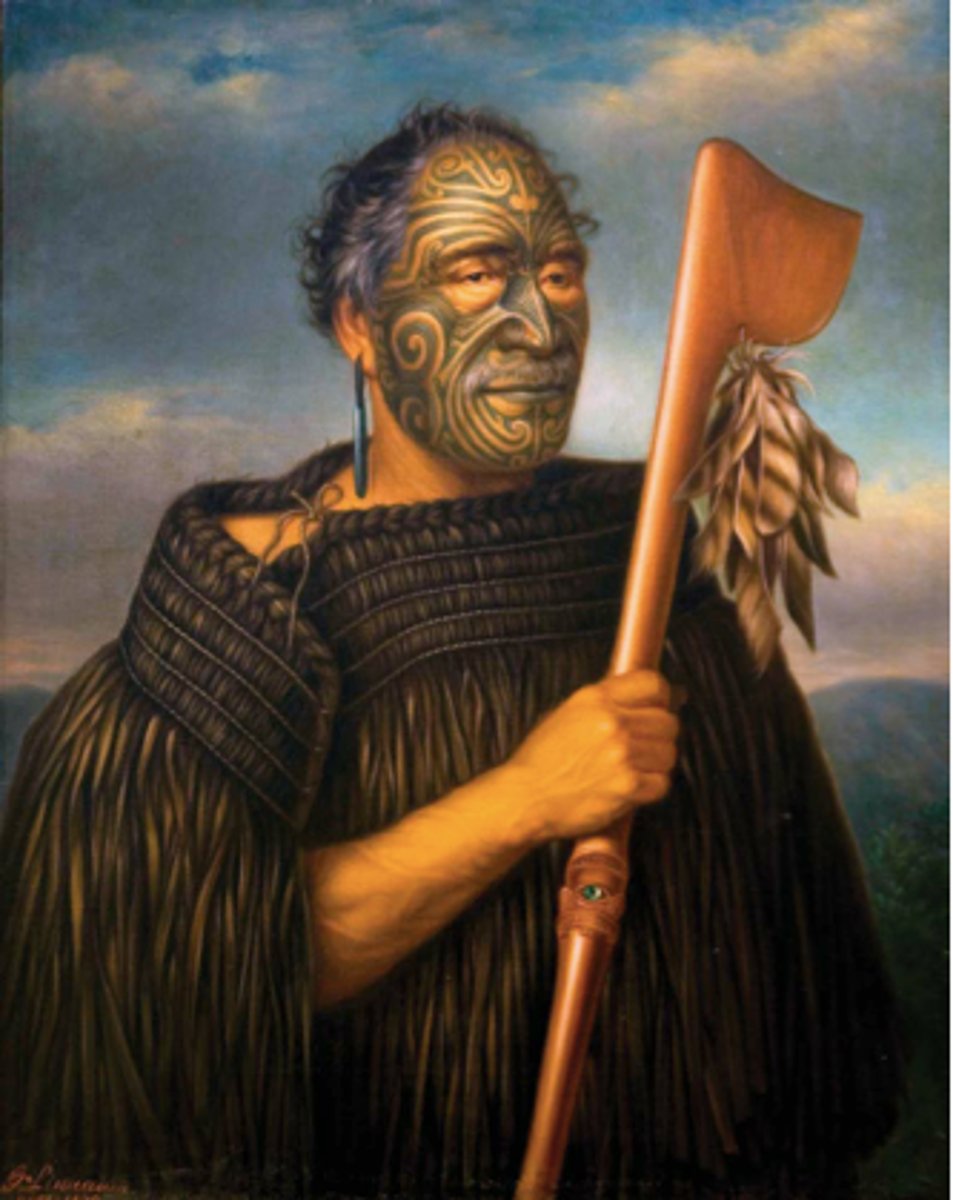
-Faradje, DRC
-1912
-African Art
-modern elements (chair, umbrella, cowboy hat)
-rural areas are isolated from community (false)
African Women,
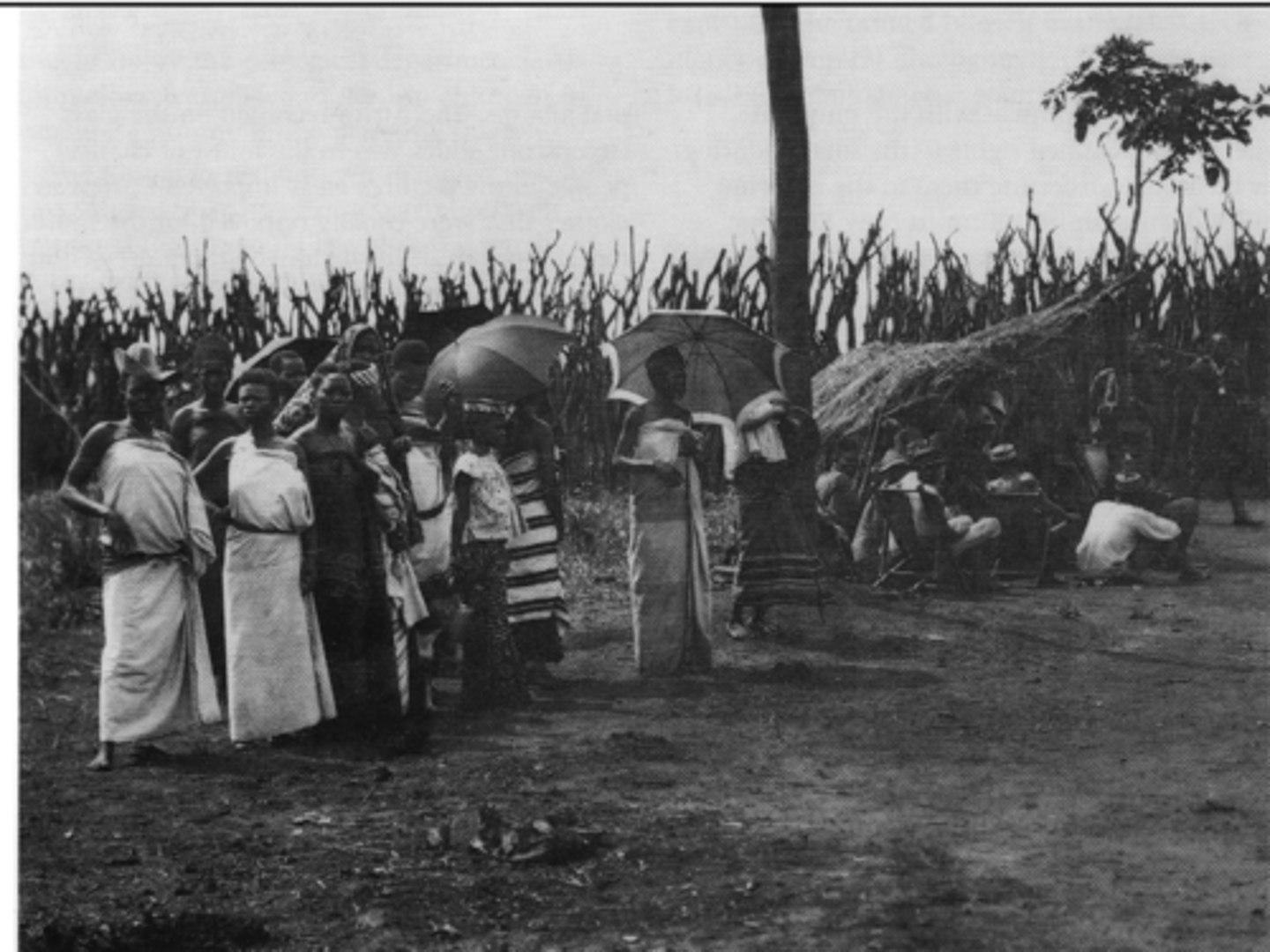
-Congo
-1920
-no labels on items
-African Art
Expedition
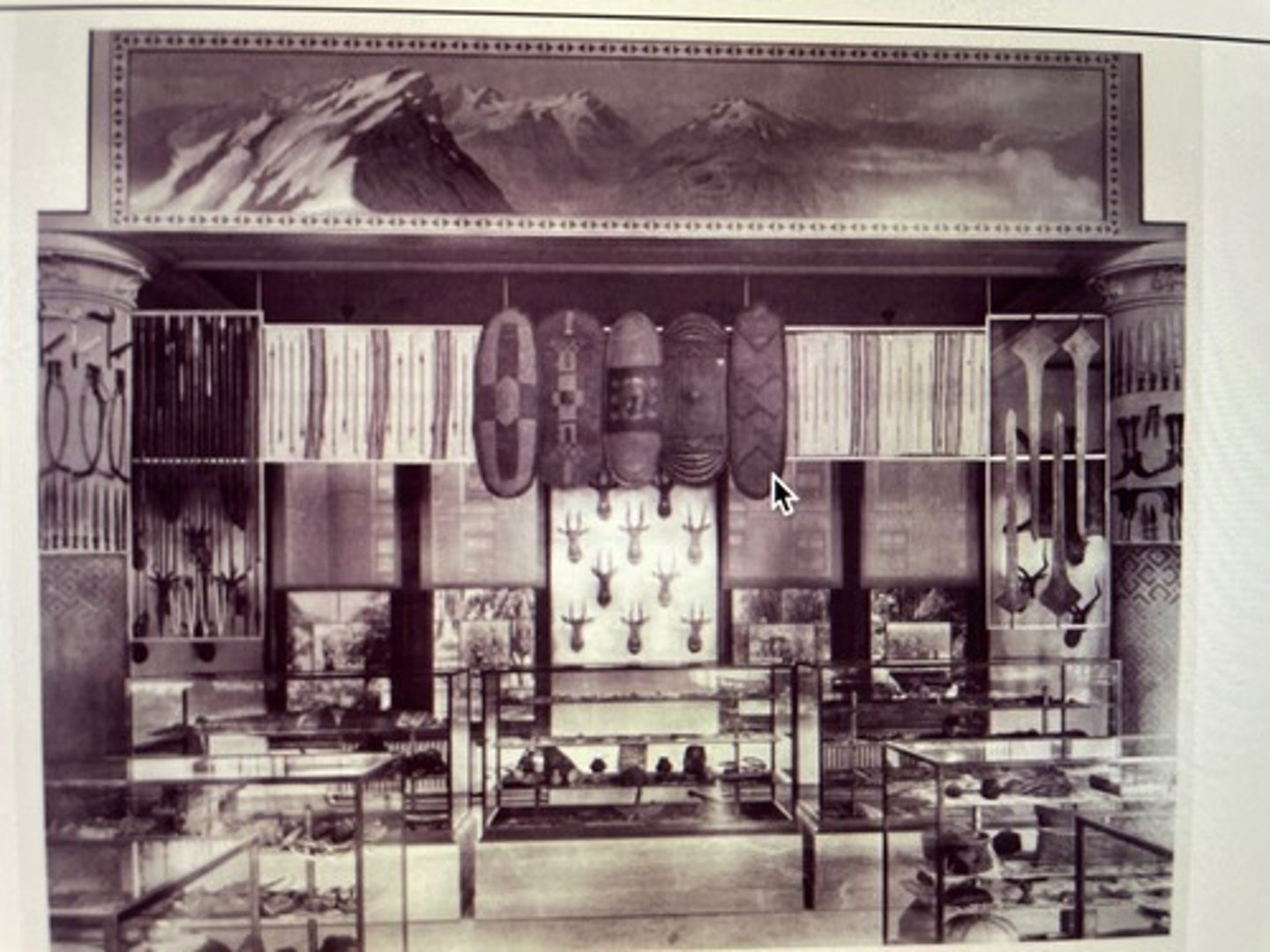
-Okondo's Great Hall
-Mangbetu
-1913
-Chapin and Lang funded
-power demised in 20th C

-Nenzima, principal wife of Chief Okondo
-1910
-Mangbetu
-cranial modifications
-beauty, power, and royalty
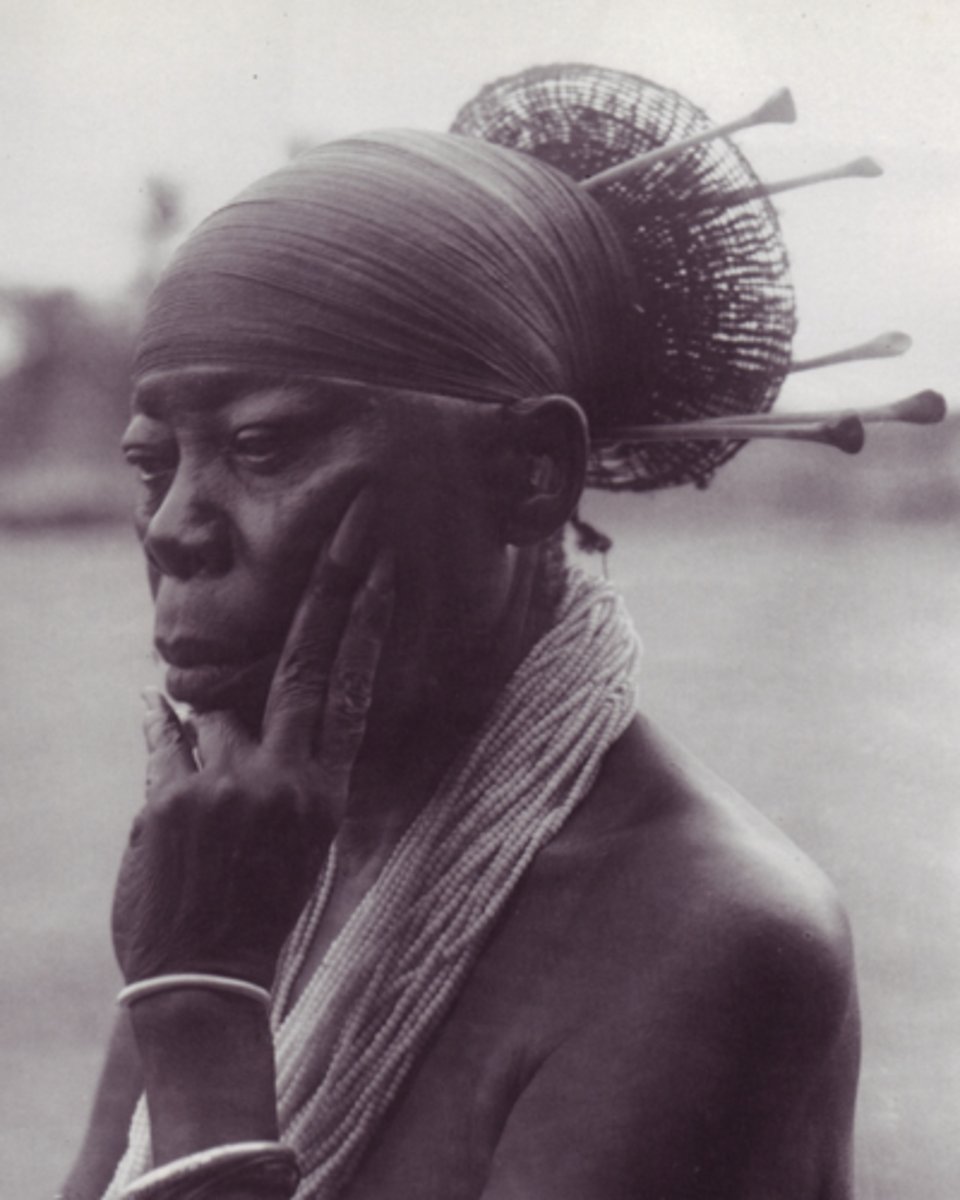
-Mangbetu Harp
-ivory
-okapi hide with fur
-1914
- Azande inspired
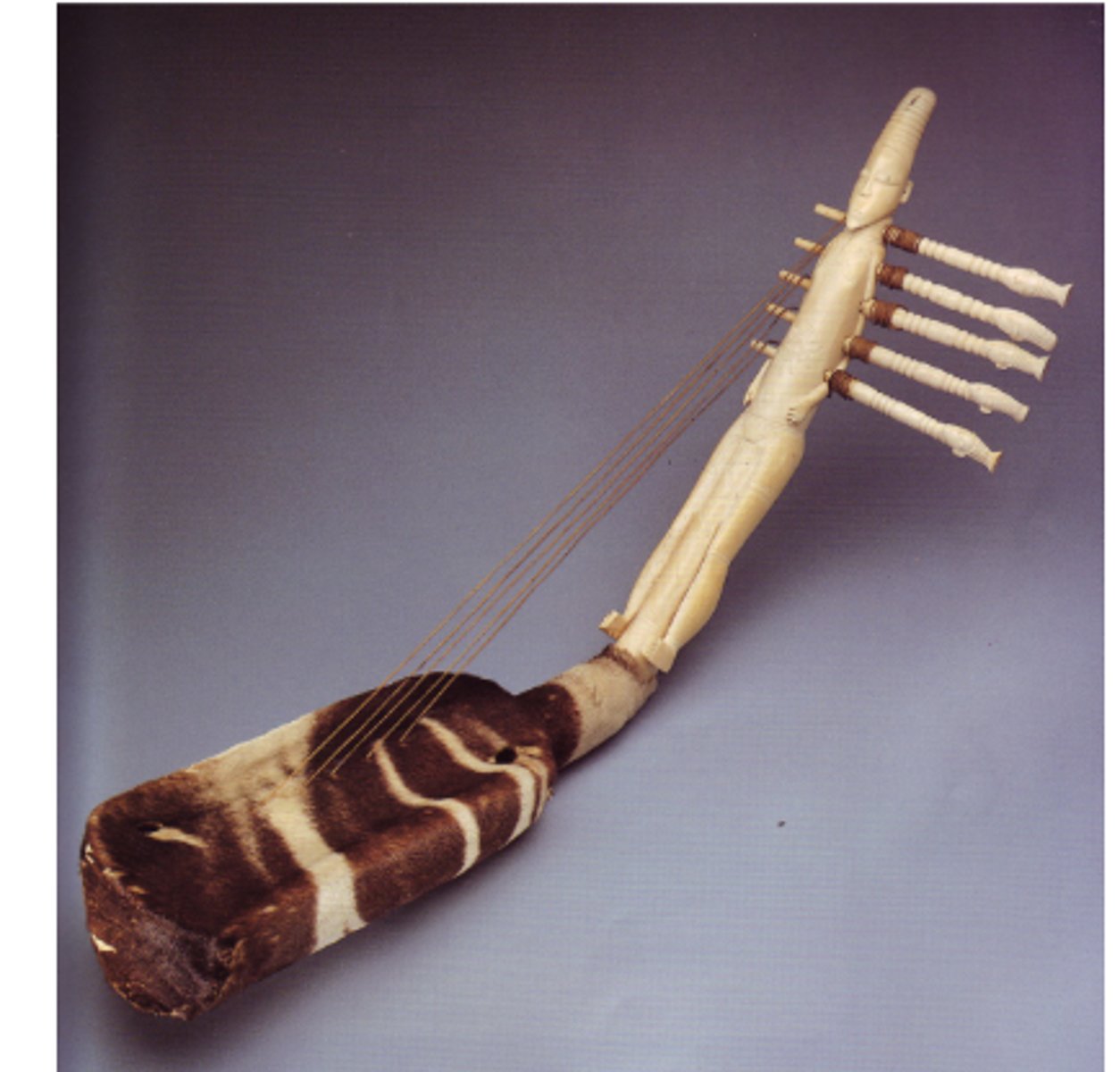
-Mangbetu Harp
-Wood
-hide
-1860s
-rivals to Mangbetu
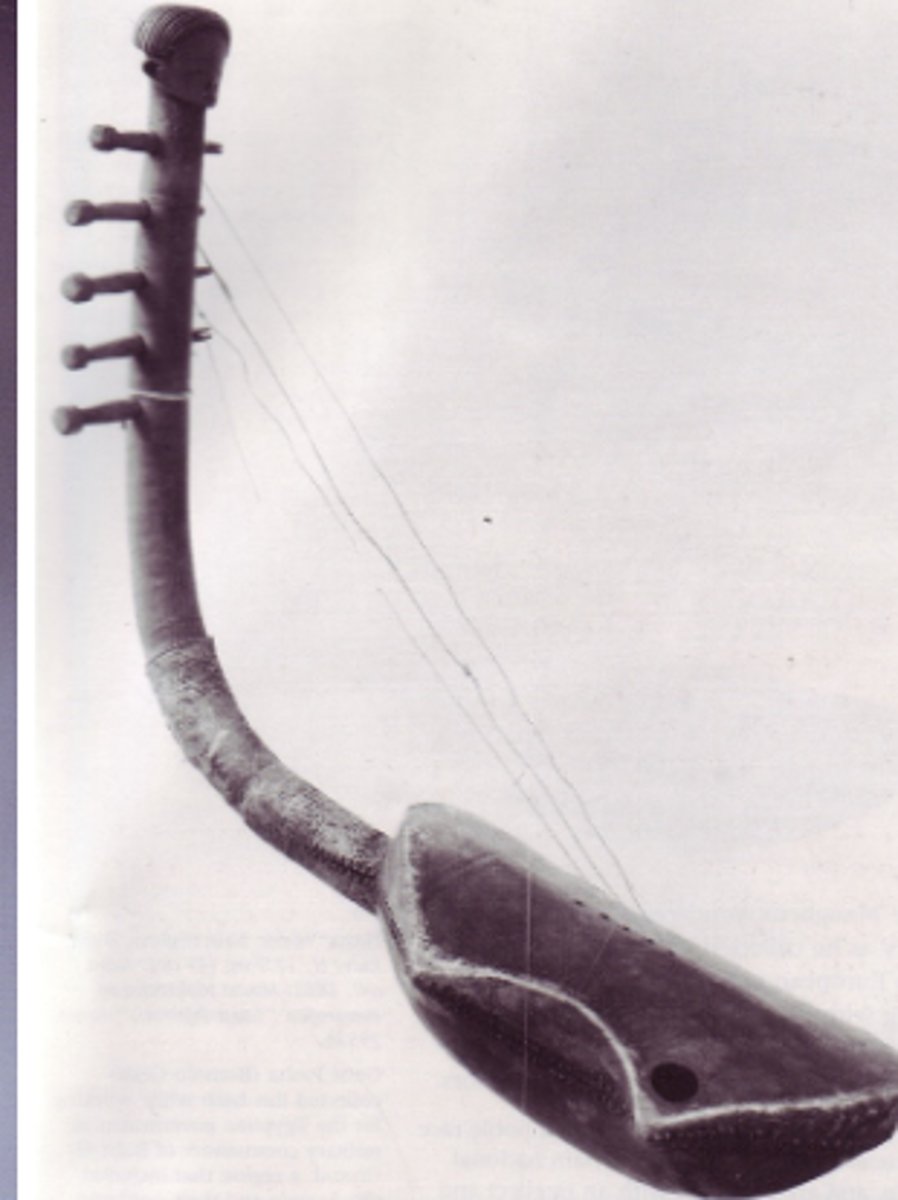
-Kongo peoples
-19th C
-Metropolitan Museum of Art
-changes overtime
-put hair and clothes to symbolize connection
Power Figure, Nkisi N'Kondi: Mangaaka
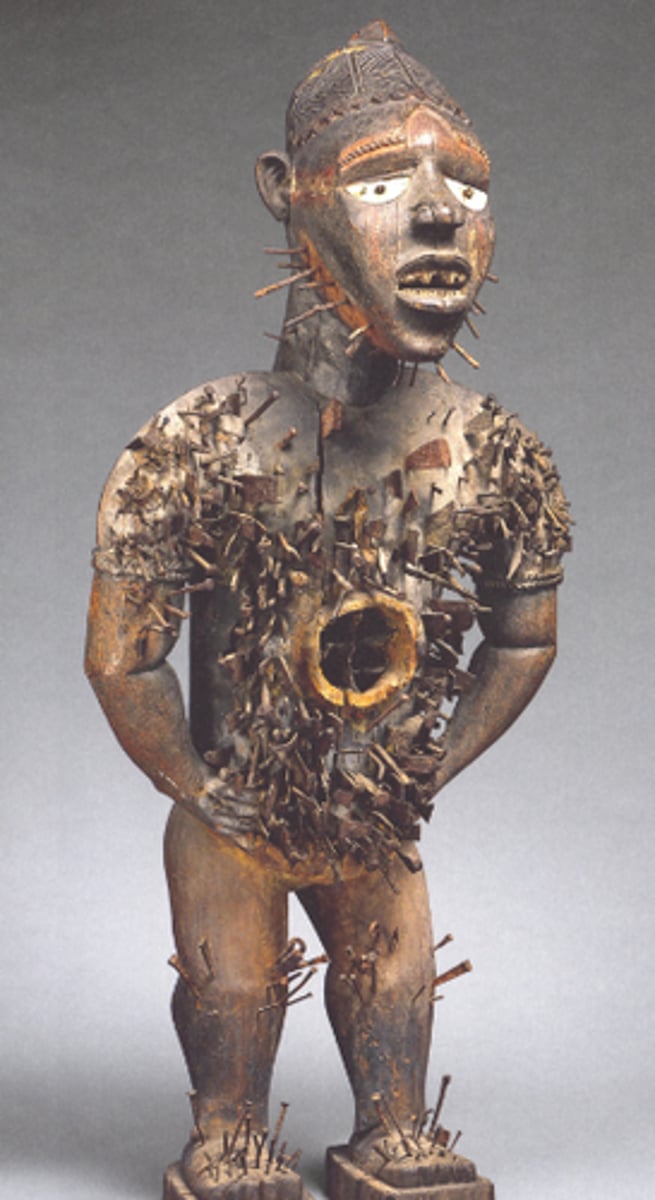
-ritual specialist
Nganga/banganga
-medicines with metaphorical significance that link the client with the spirit
Bilongo
-Kongo peoples
-pre 1885
-National Museum van Wereldculturen, Netherlands
-Priestess engaged with forces from the land of the dead/ancestors
-relates to female priest (healer of physical dysfunction)
Power Figure: Kneeling Female with Serpents and Secondary Figures
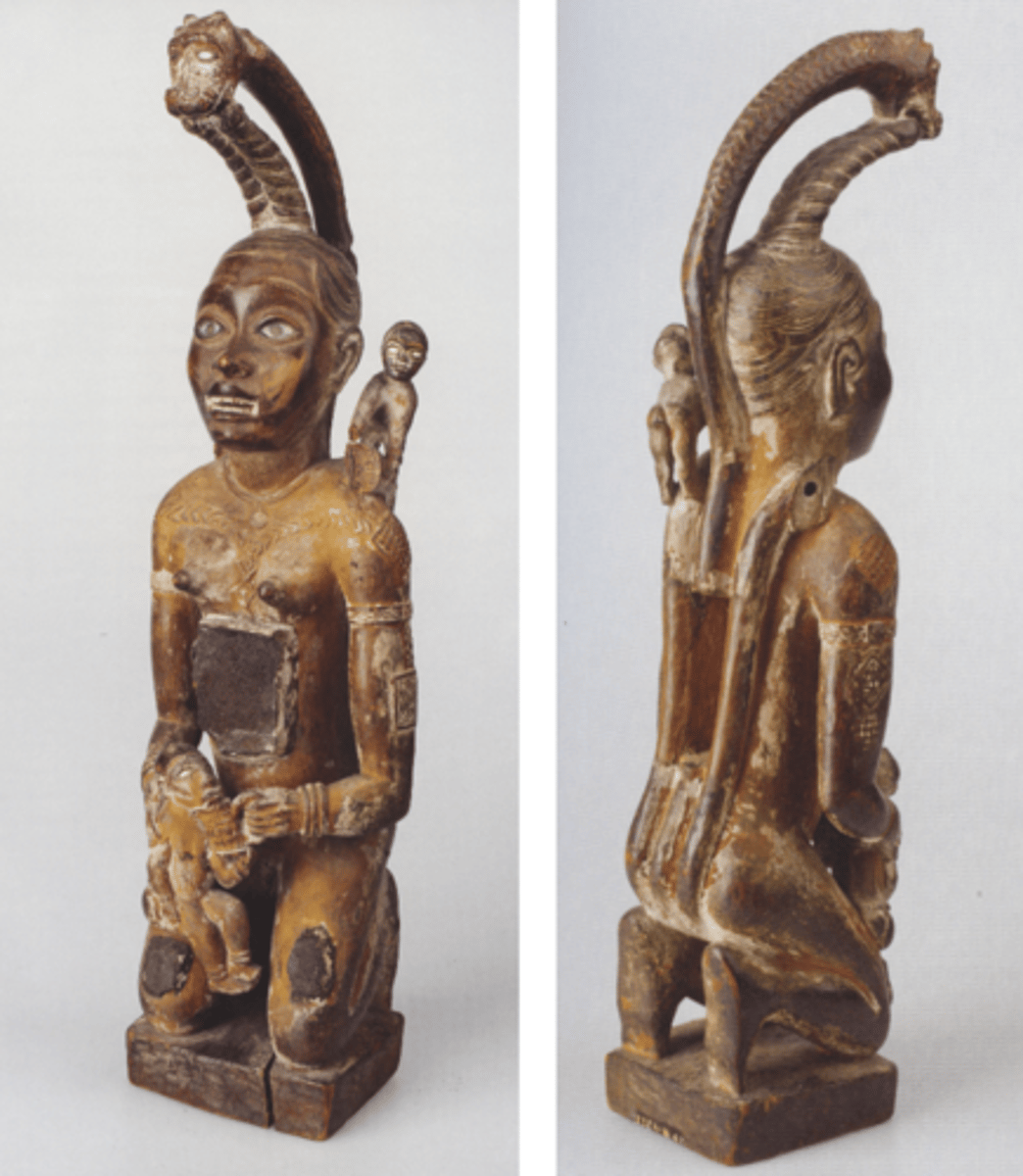
-collected in 1874
-Museum für Völkerkunde, Berlin
-Baptism of Manikongo Nzinga on May 3, 1491, and adoption of Catholicism as Kongo's official state religion
Vili, Crucifixion Plaque
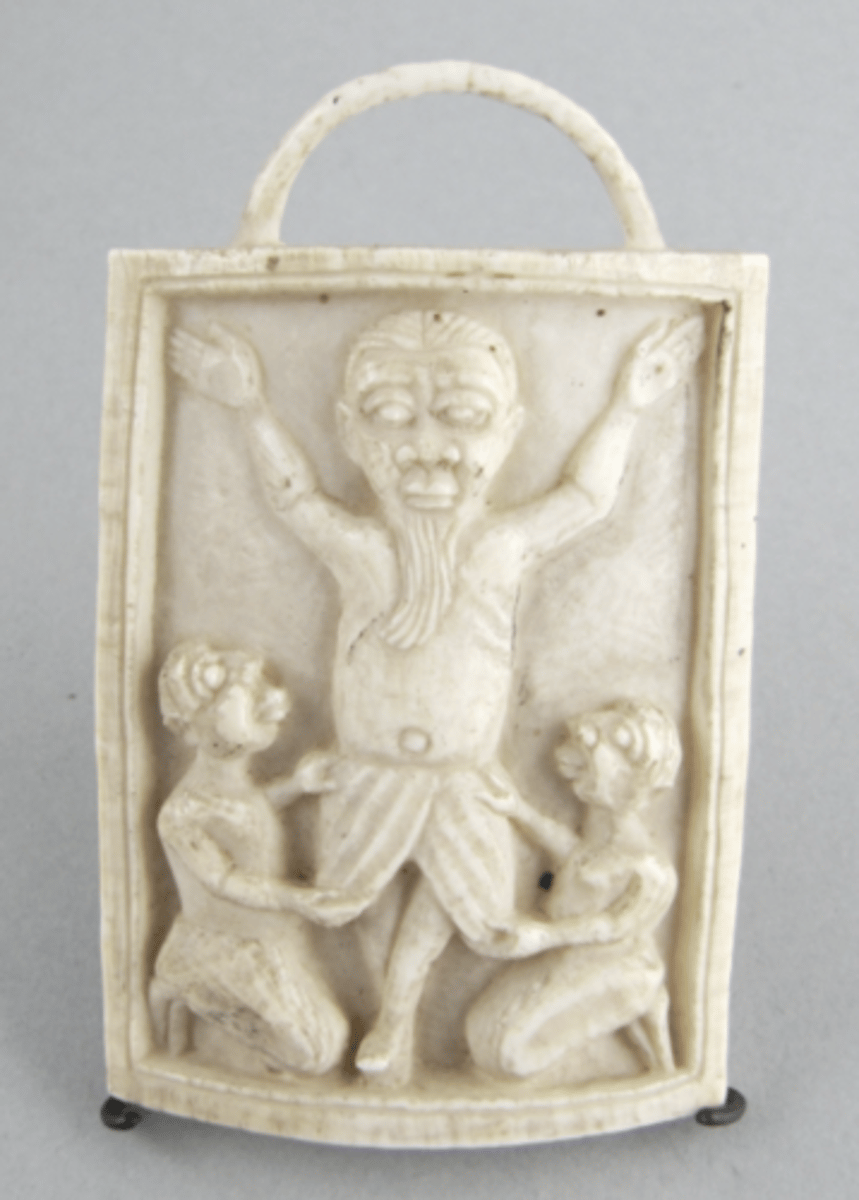
-Kuba king in 17th Century
-collected in 1910
Ndop of Shamba Bolongongo (Shyaam the Great)
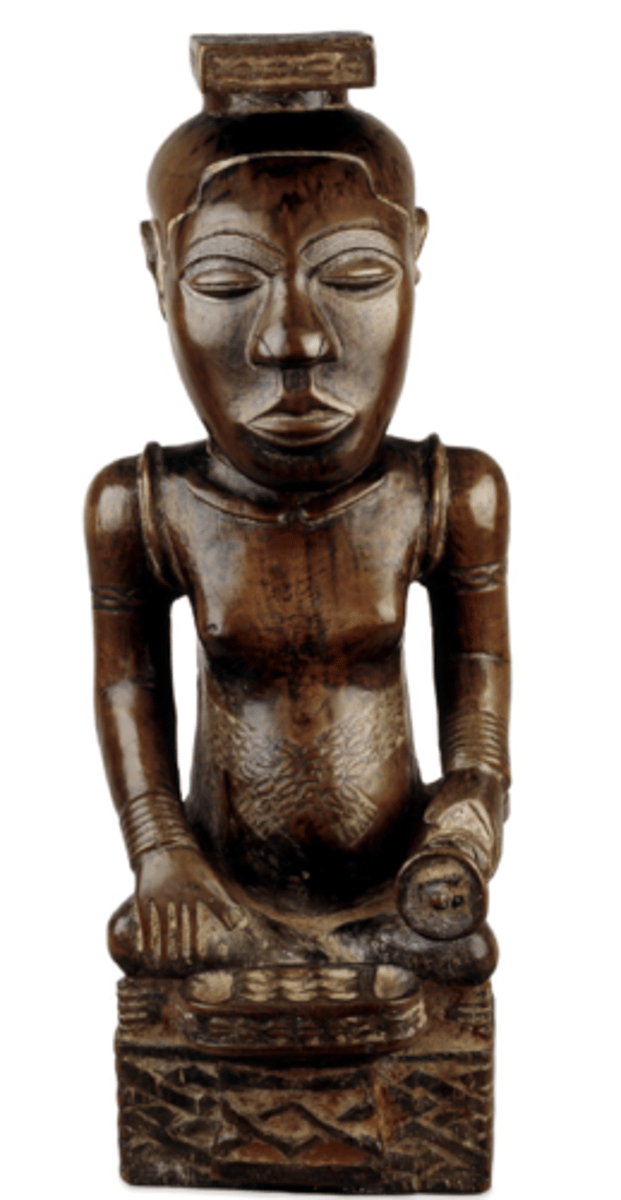
L: King's sleeping room
R: Kuba King, Nyim Mbop 1947
Integration of motifs on textiles an architecture

-Kuba cloth
-20thCentury
-Dem Rep of Congo
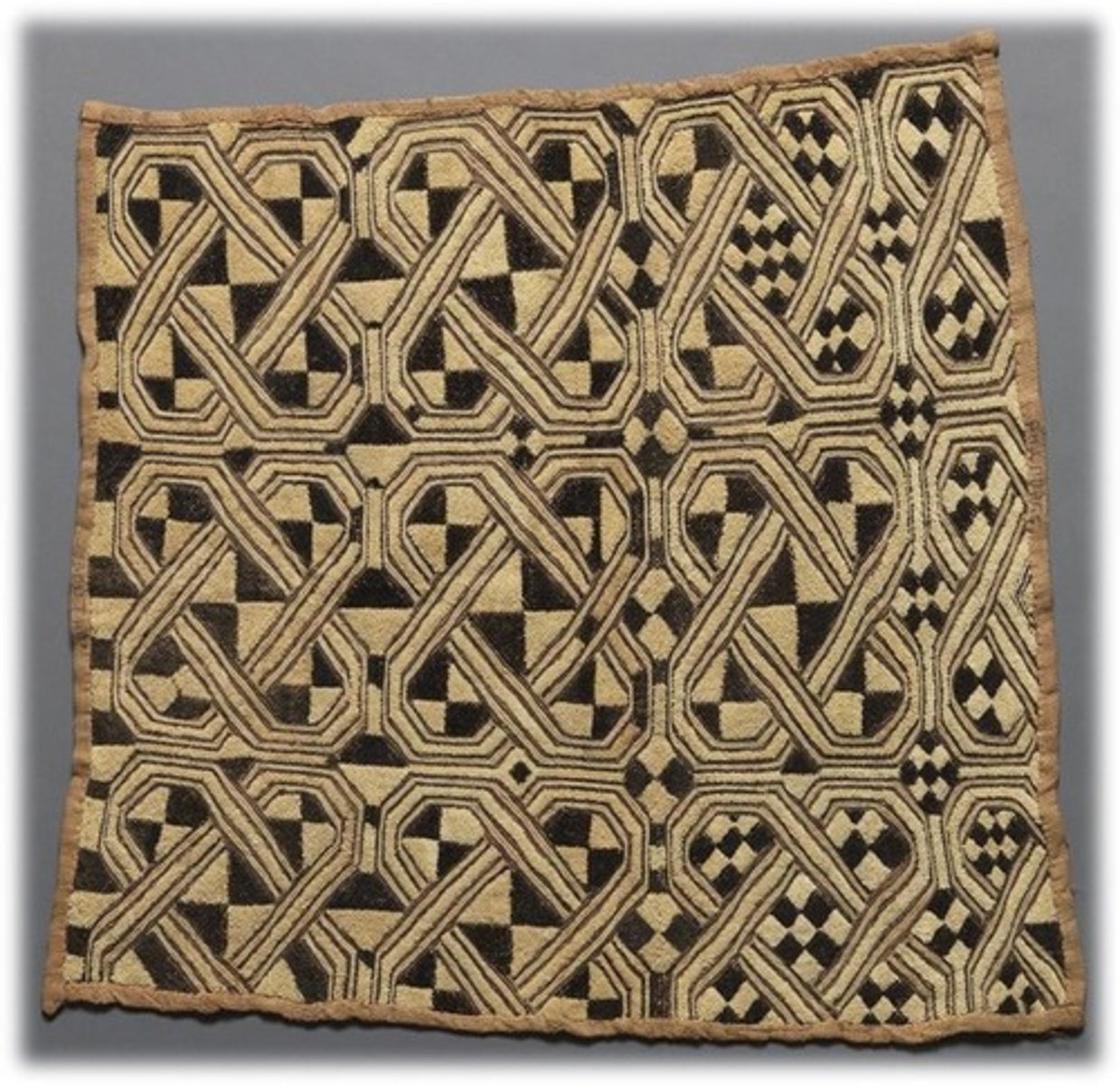
-bronze
-extensive archelogy record
Igbo-Ukwu
-Igbo Ukwu
-700-1020
-body not touching ground (too powerful)
-founder gave some artifacts away
Reproduction of burial chamber
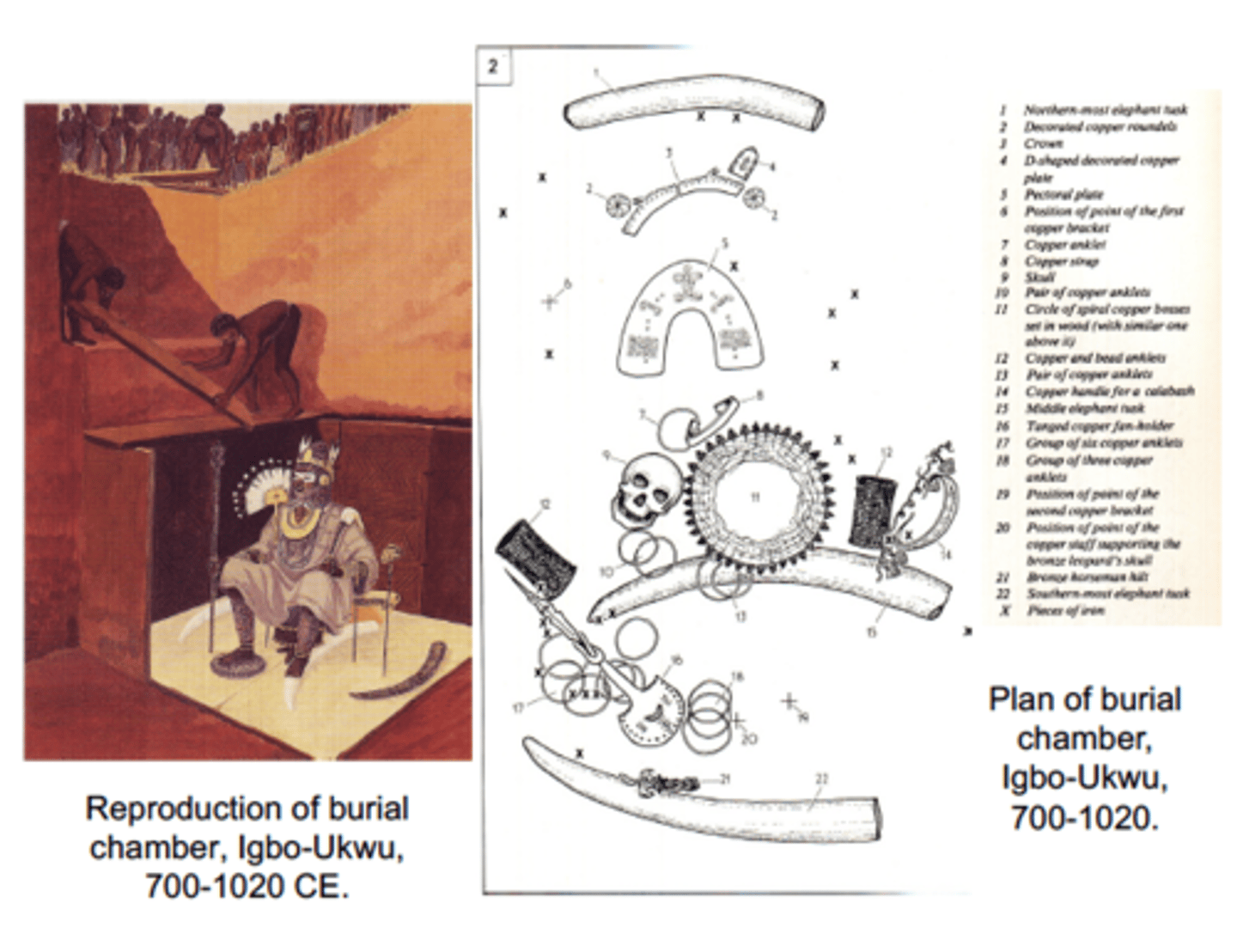
-Igbo-Ukwu
-700-1020
-body adornment
-trade goods (economic status)
Plan of burial chamber
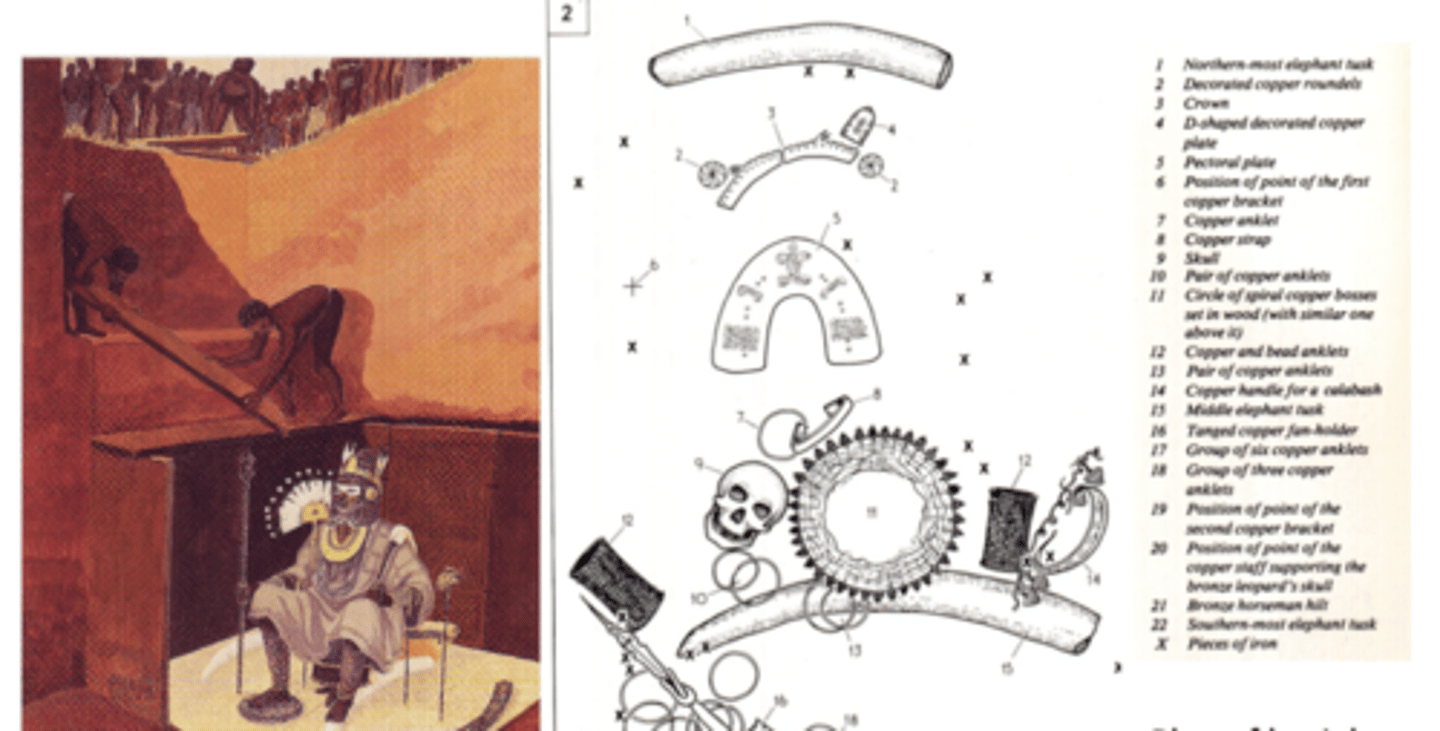
- Cement monument in Oreri to the Eze Nri
who died in 1944
-Igbo, elephant tusk, horn, of stick (praying staff), etc
-stop disputes
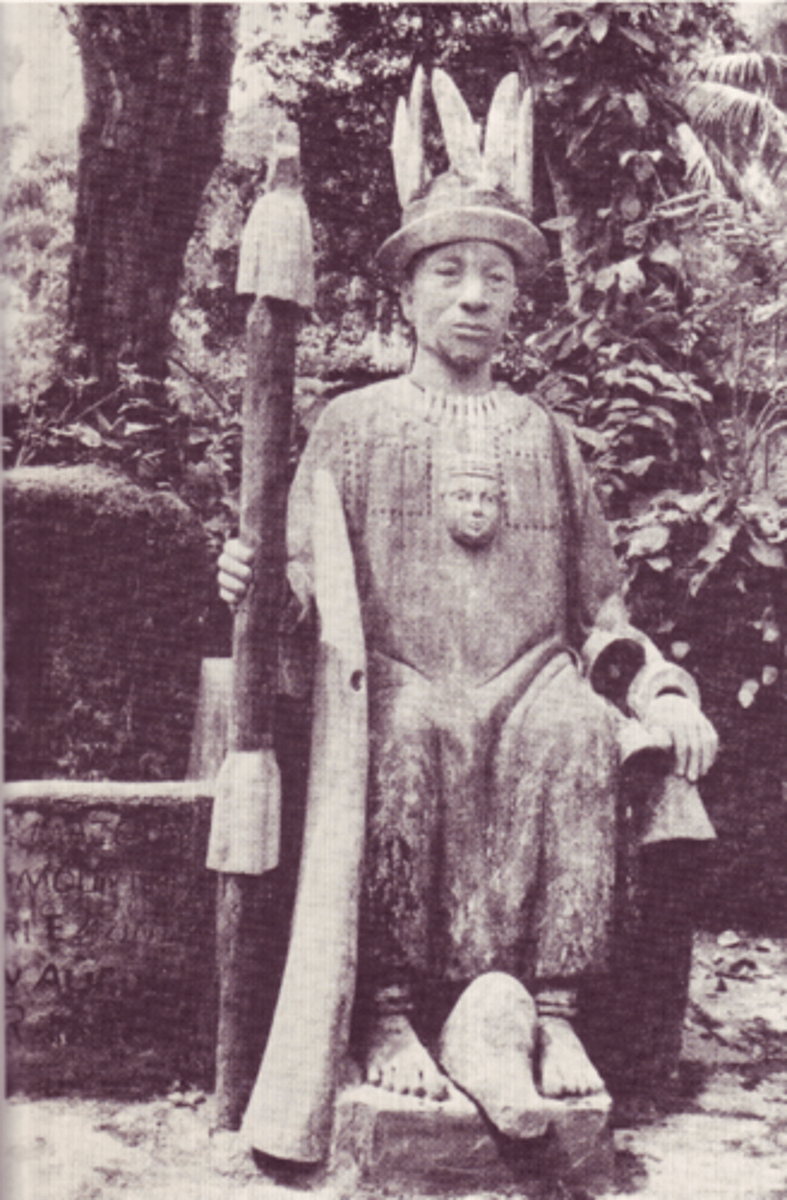
-Pot stand with female and male figures
-Igbo-Ukwu
-9th-11th C
-bronze
-elaborate necklace, hair, and bracelets show status
-goes on top of head

important Yoruba city (site of origin)
Yoruba worldview: place where all humankind originated
Ife
-Portrait of the Oni
-Ife
-13-14th
-Bronze
-Nigerian Museum
-Oni=king of Ife
-necklace shows wealth
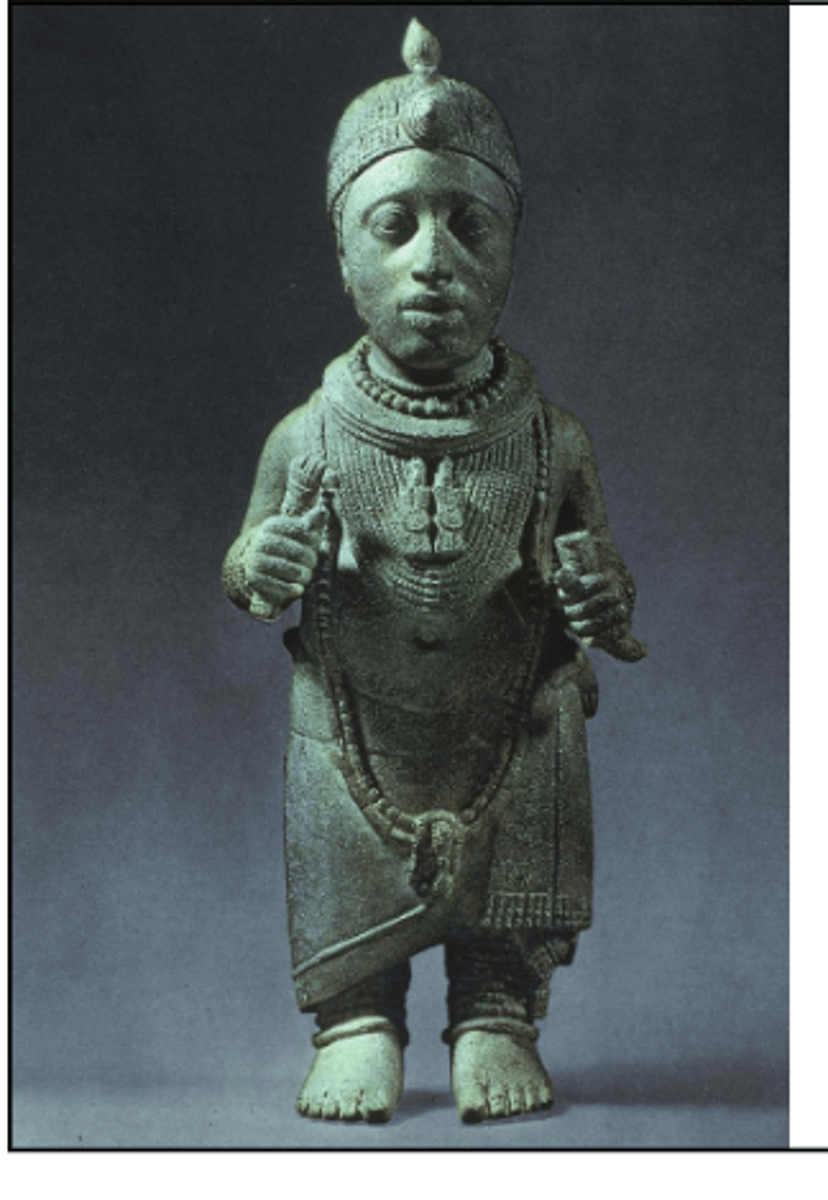
-IHead of an Oni
-fe
-12th-15th C
-zinc, brass
-incomplete sculpture
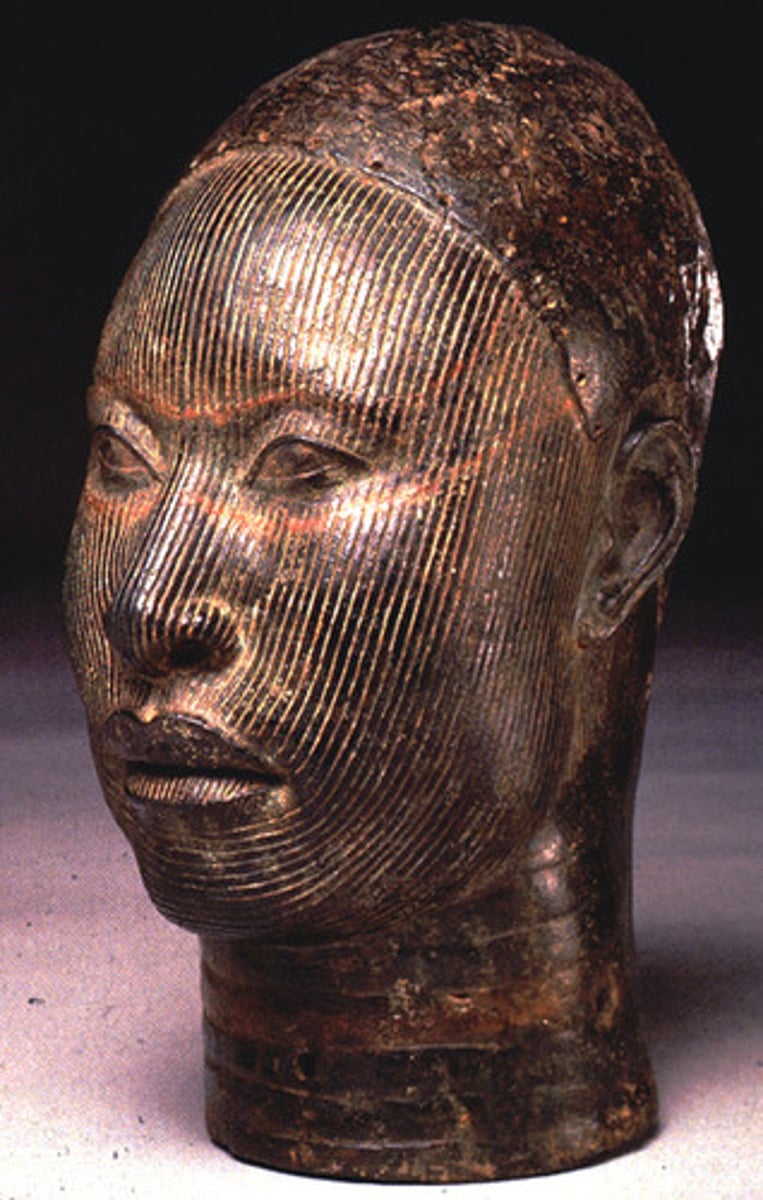
-contemporary Nigeria
-highly populated
-king linked to Ife origin (overlap of kingdoms)
-13th C
Benin

-18th C
-Brass
-Attah of Idah or oranmiyan
Equestrian Figure
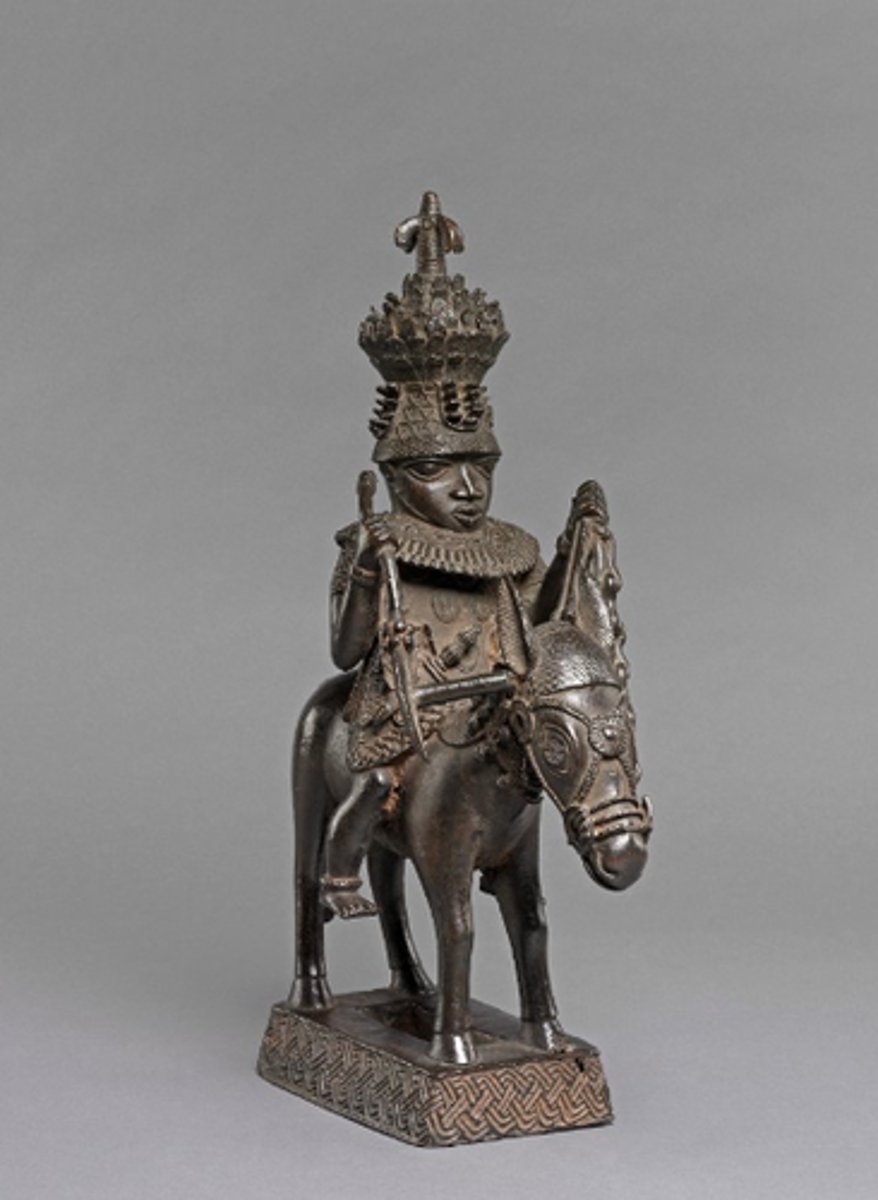
-Foundation of 2nd (and current dynasty)
-arrived from Ife/north
Oranmiyan
Challenged Benin politically Oba Esigie, repulsed the invasion, then conquered Idah
Attah of Idah
Blend of European and local clothing
Oba Esigie
-Benin Oba Head
-brass
-19th C
-regard brass red on color (danger and power to drive away forces)
-material never rust (permanence of the kingship)
-Shiny surface is considered beautiful (polished daily)
-Commissioned by the new oba after death
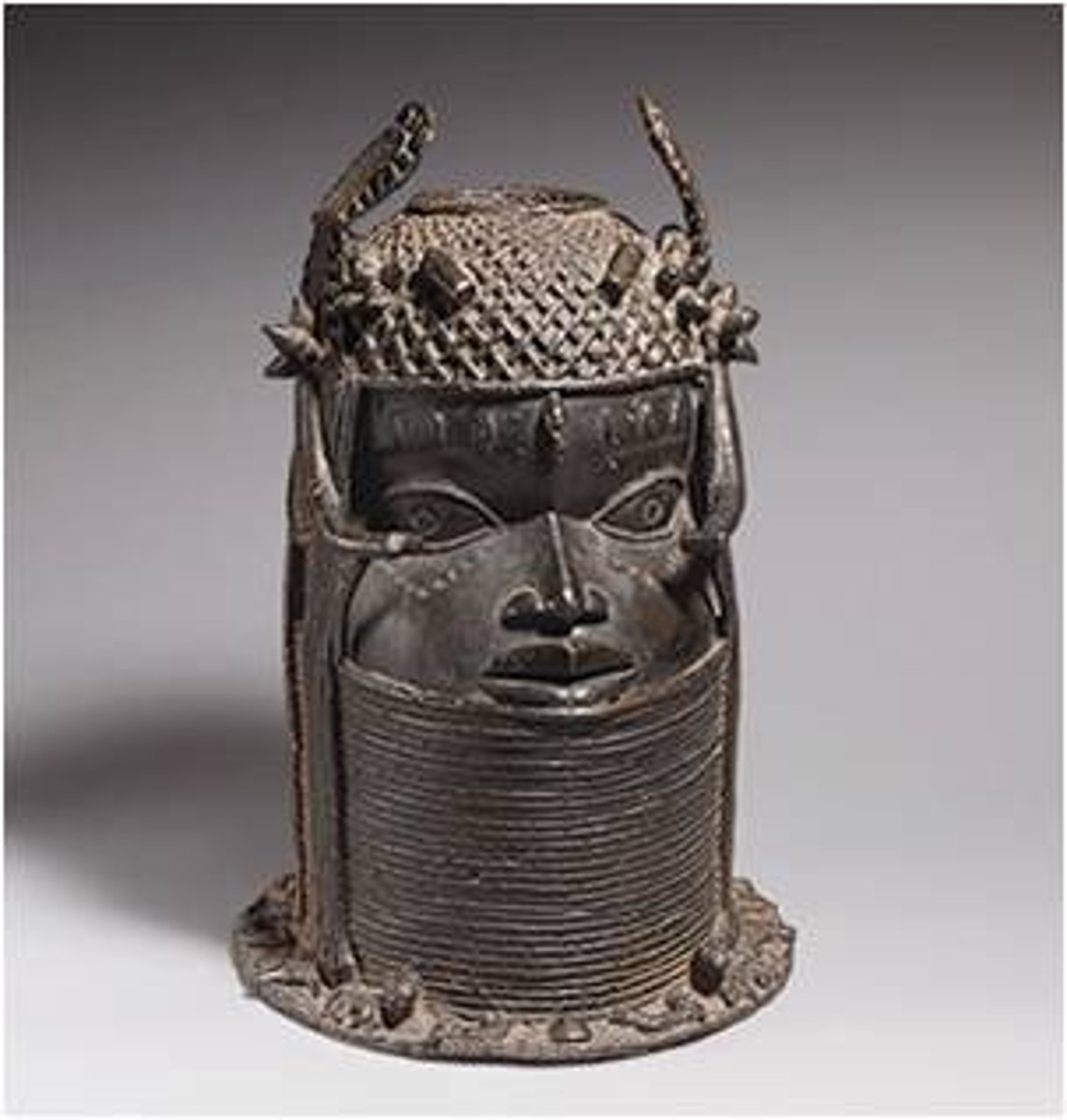
-Benin royal tusk
-19th C
-white (spirituality, purity, peace)
-a tusk emanating from the head
-Carvings of warriors, court officials, past obas,animals, and various symbolic objects

-Oglinye mask
-overmeddled skull
-Idoma
-19th C
-challenges traditions
-worn on top of head after victory
(Phase1)
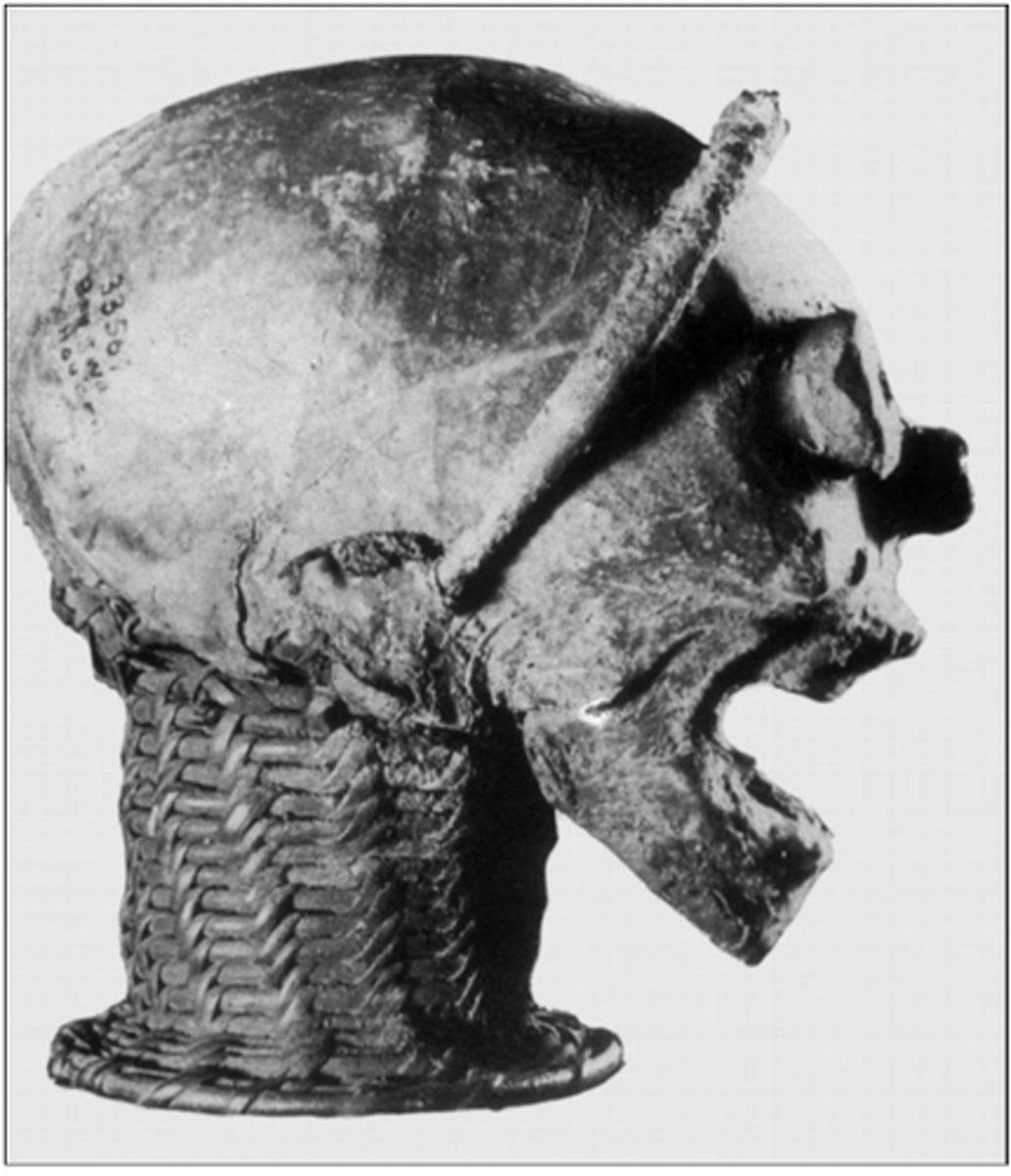
-Oglinye mask
-overmeddled skull
-Idoma
-19th C
-animal skin
-1917 ban
(Phase2)
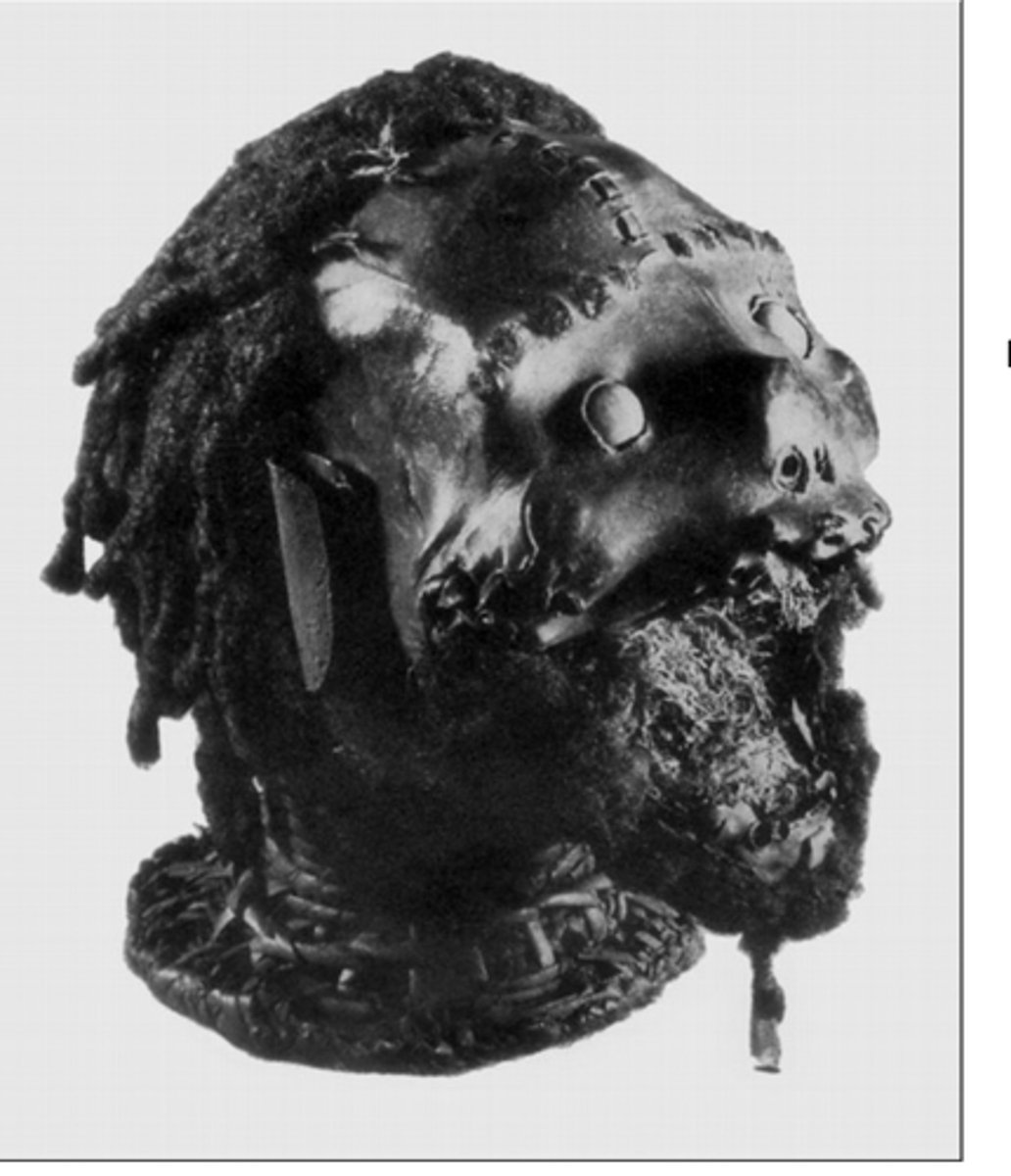
-Ekoi skin-covered Oglinye mask
-overmeddled skull
-Idoma
-20th C
-shown in most museums
(Phase3)
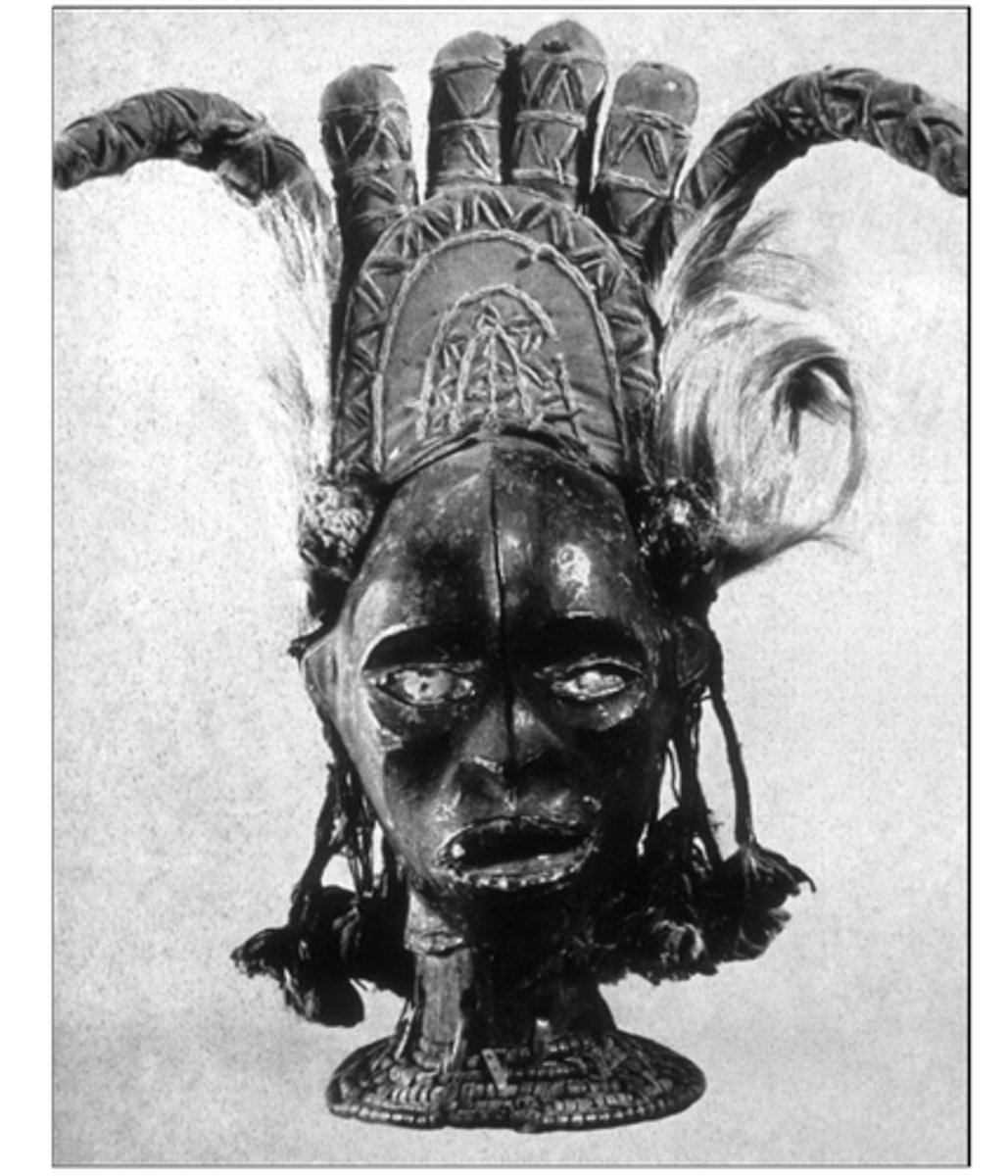
-Egungun Masquerade
-Nigeria
-Cloth, metalic thread, glass beads, cowrie shells.
-yoruba, oyo region
-worn by men
-cleanse the community
-imported fabric
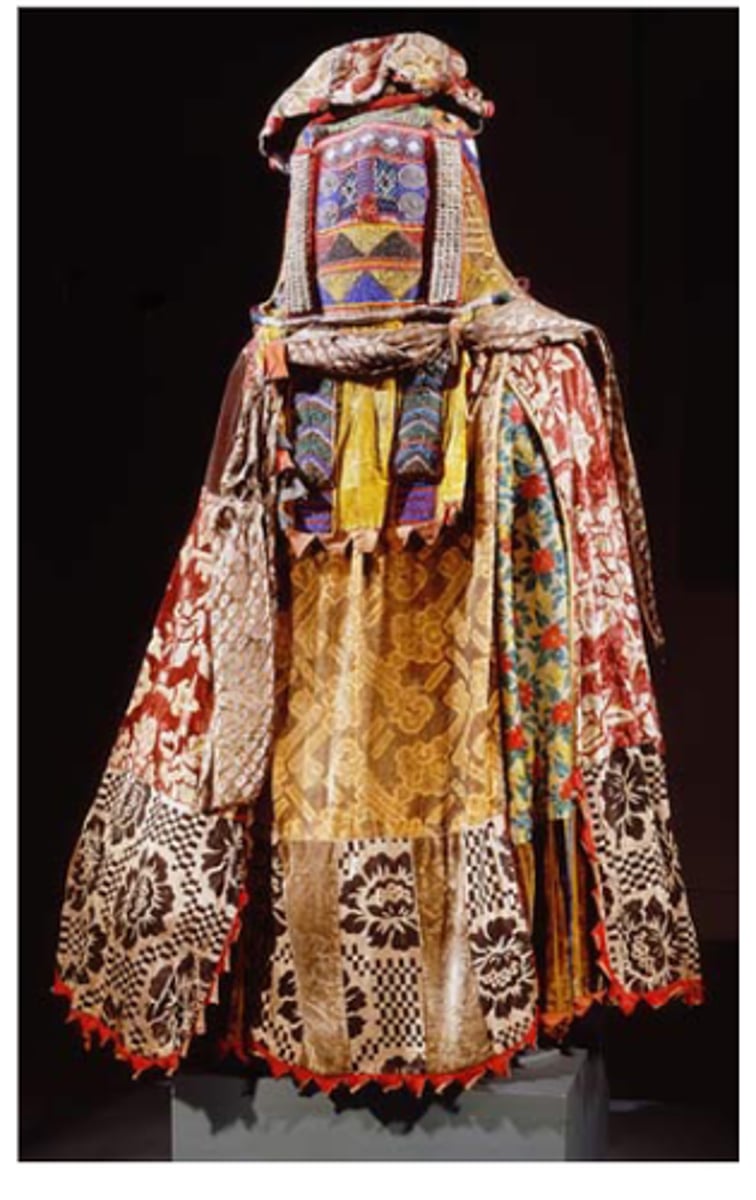
-Egungun Headdress (hunter)
19th-20thcentury
-Yoruba, Nigeria
-Wood, pigment.
-Fowler Museum at UCLA
-hunter=hairnot (magical power)
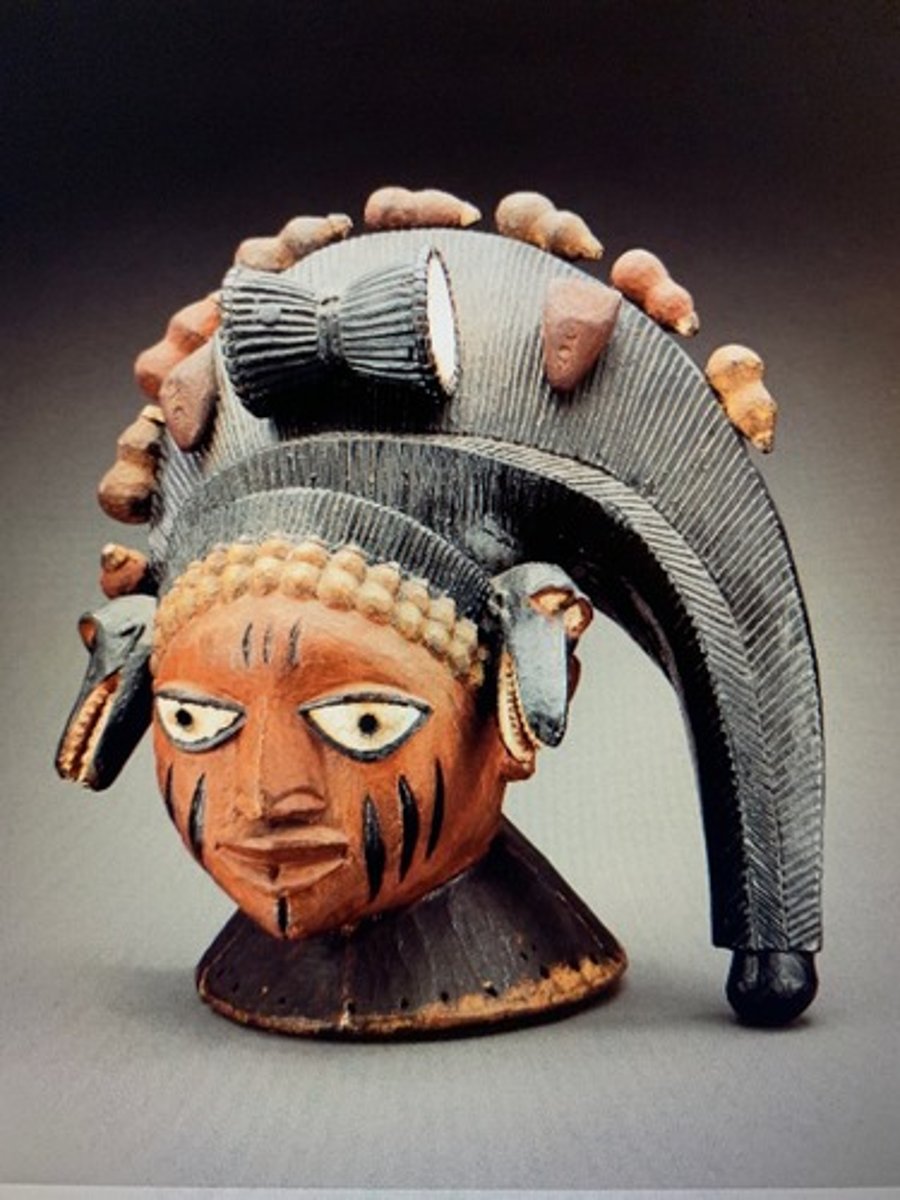
-Efe Glede headdress
-19th-20th century
-Yoruba
-Wood, pigment, meta
-male performer
-Great Mother=bonds between gender wants her to bless with good health and prevent diseases (female power)
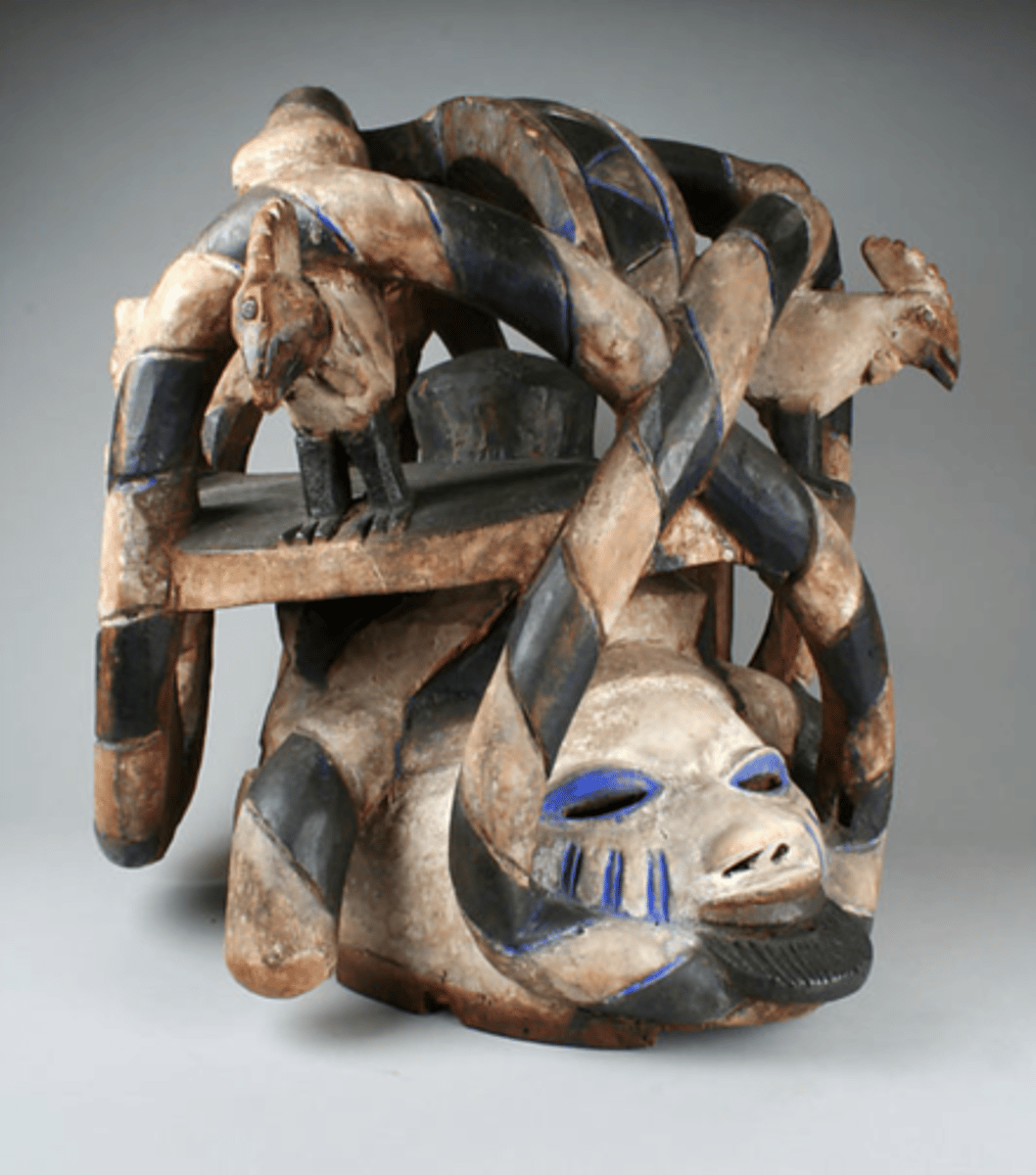
Sande society mask, Mende people, SierraLeone, 19th C. Wood and raffia.
female initiation
